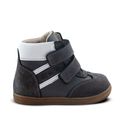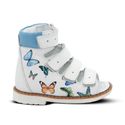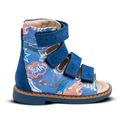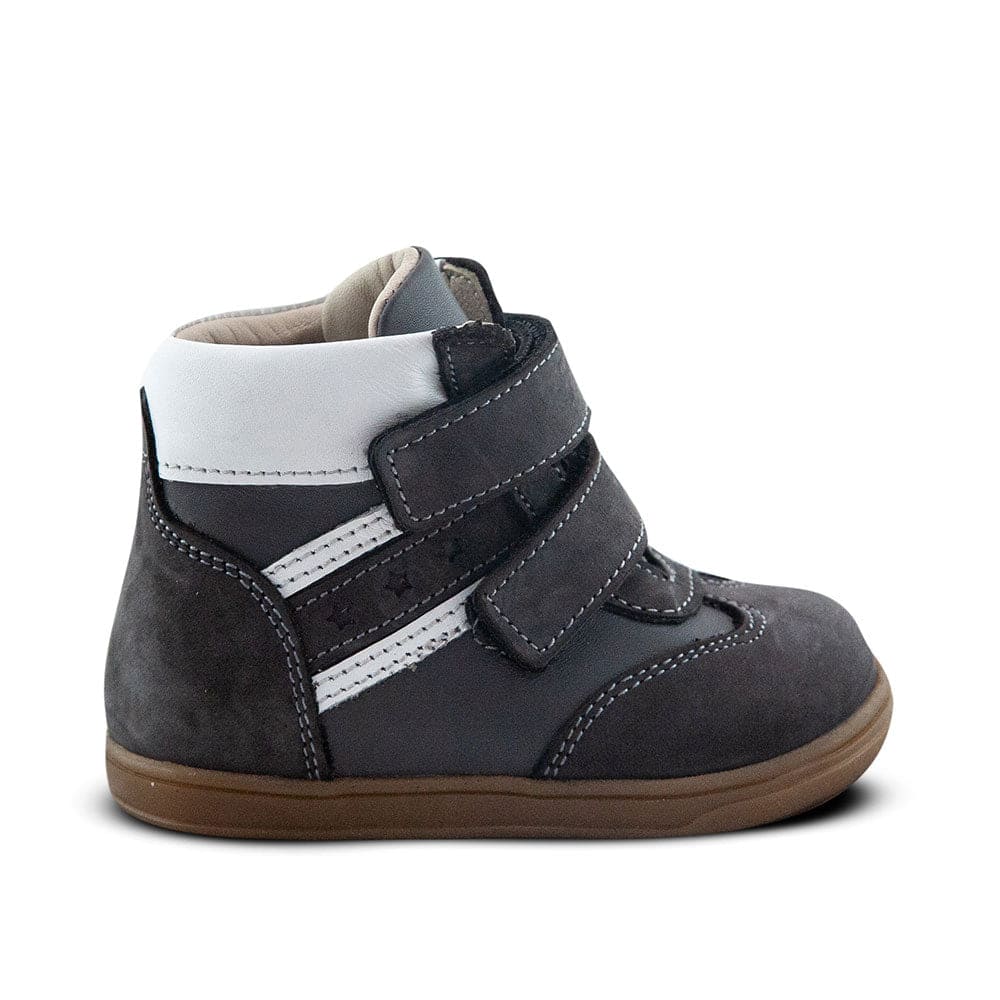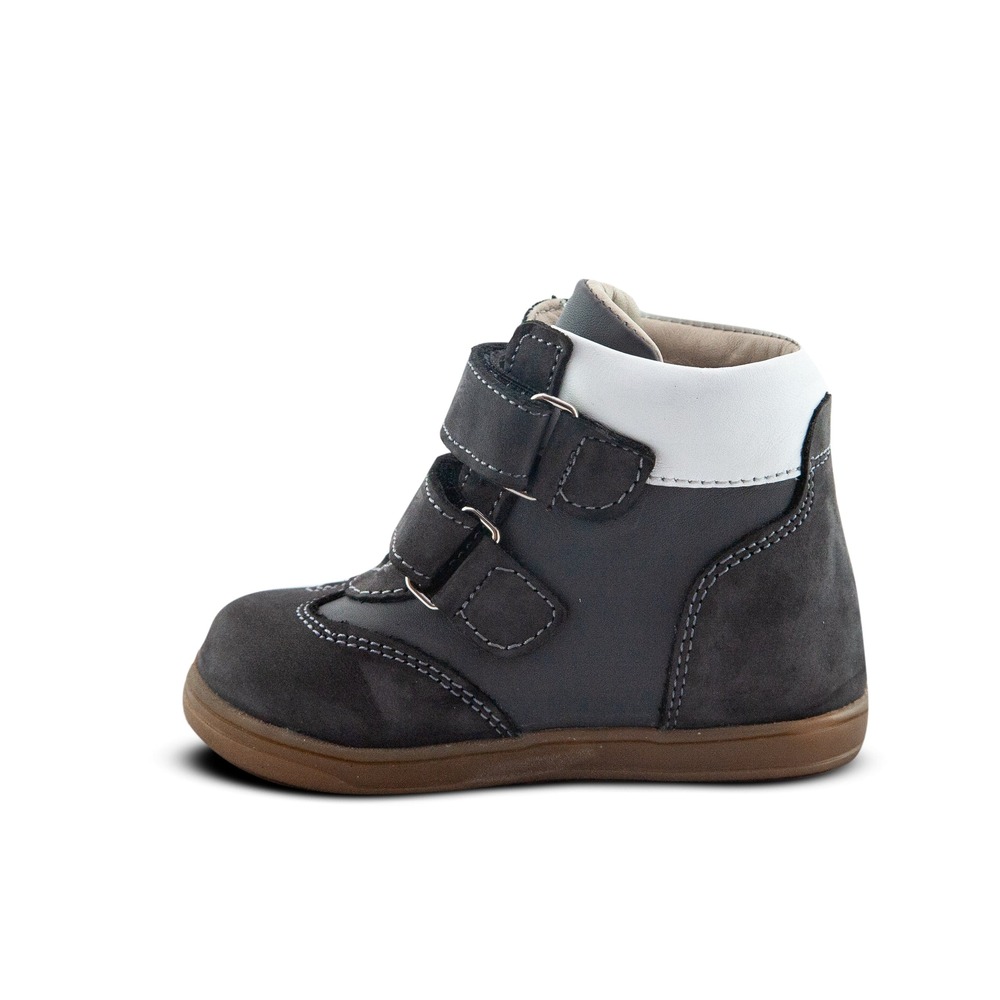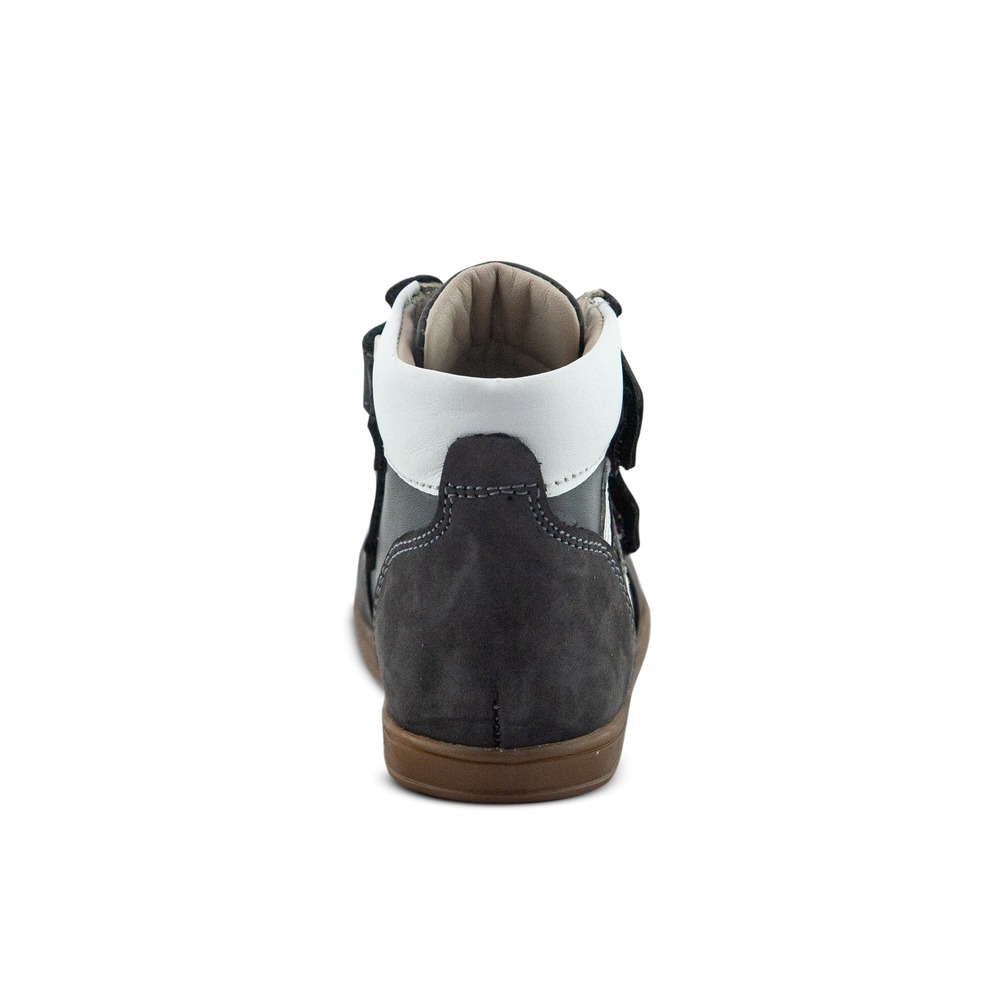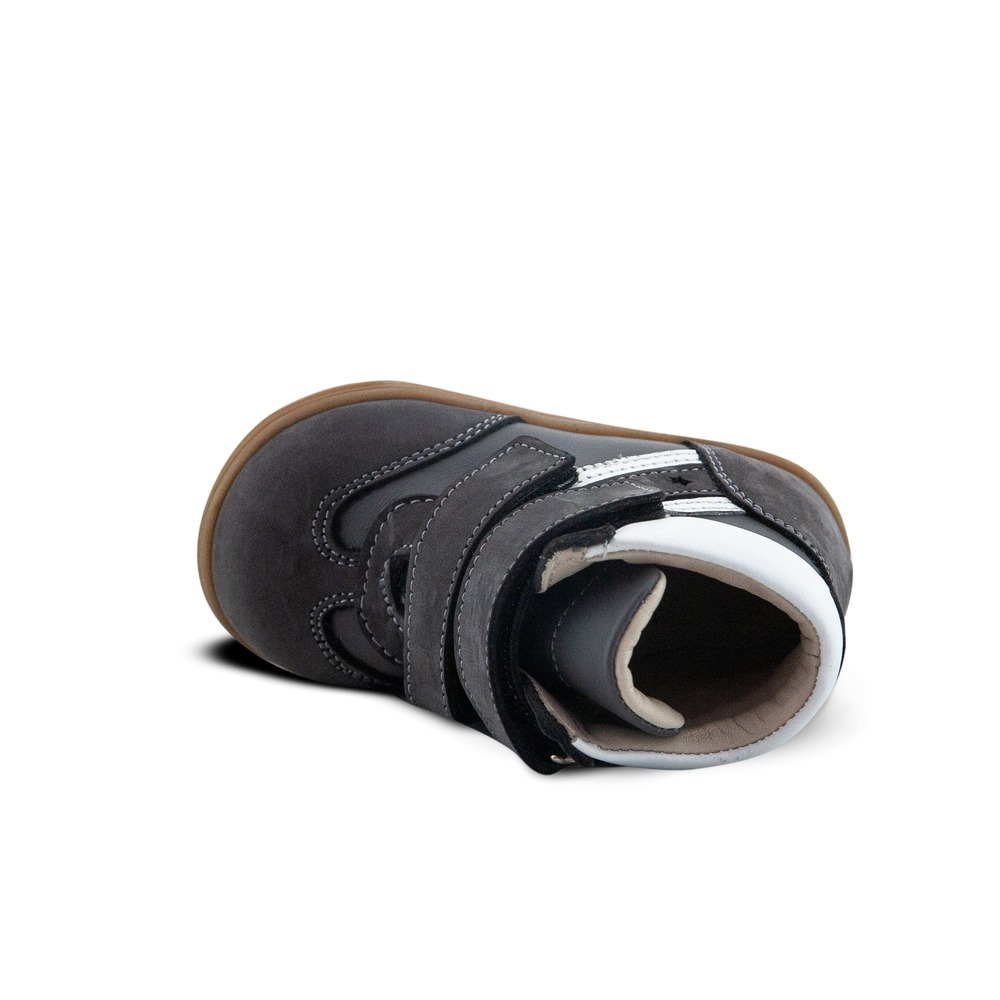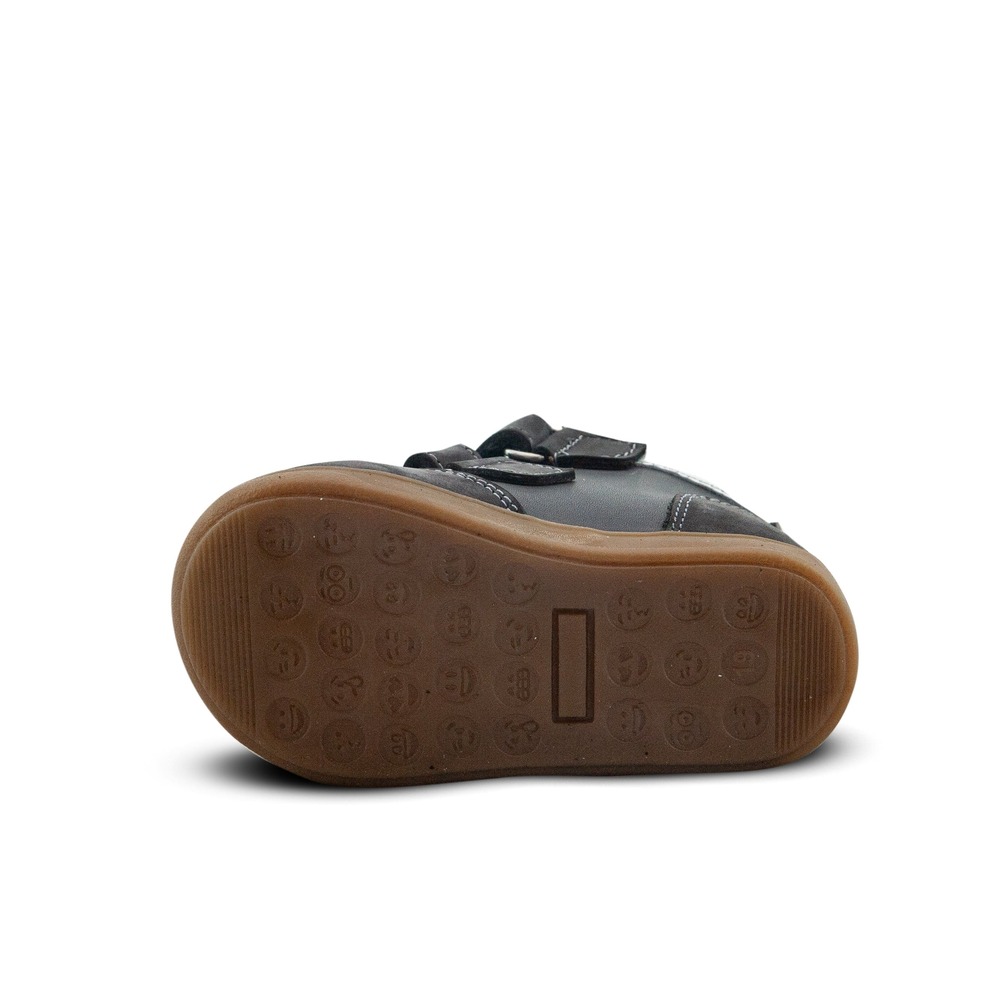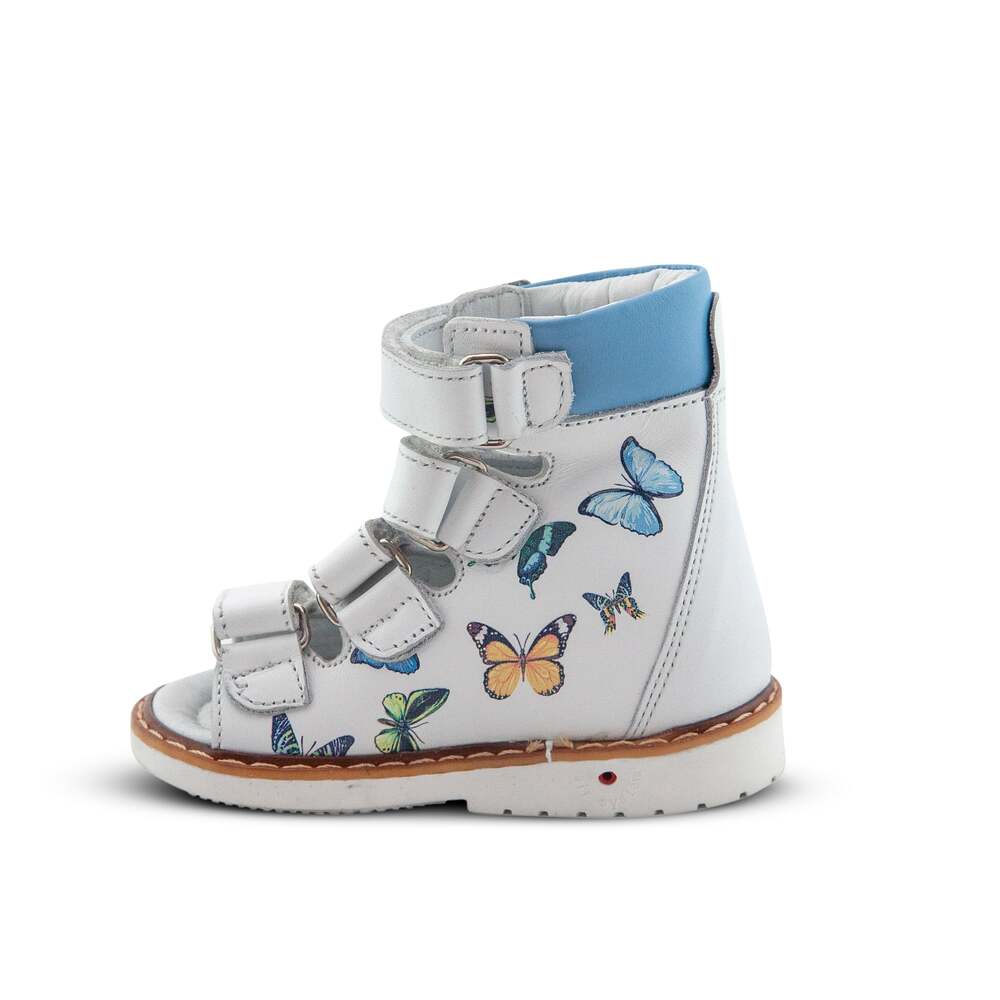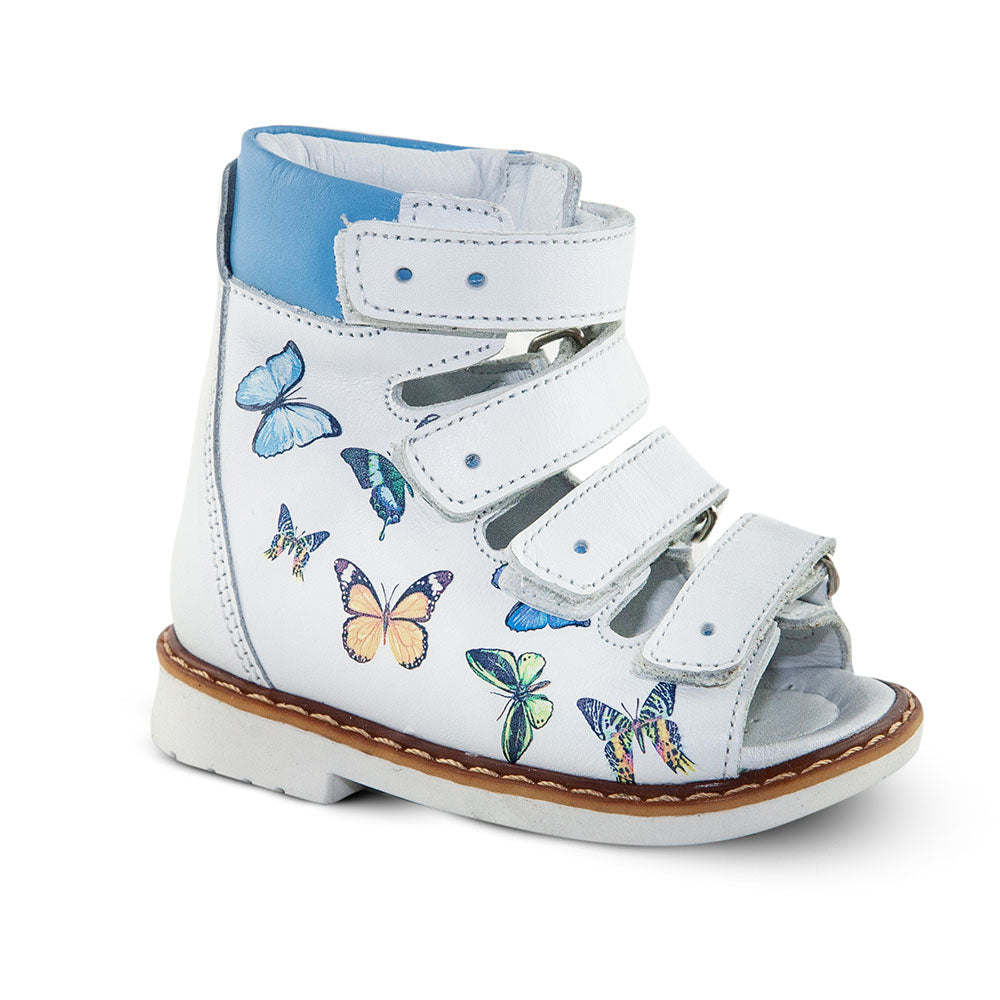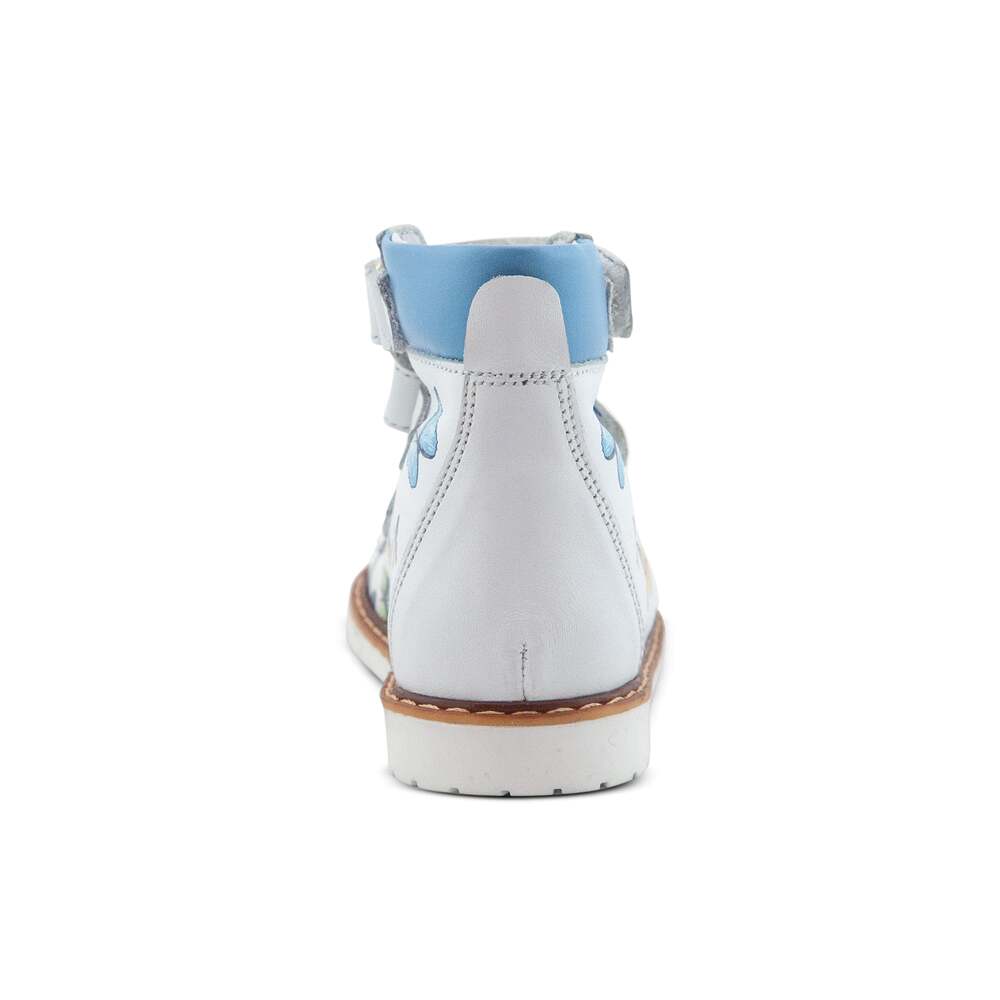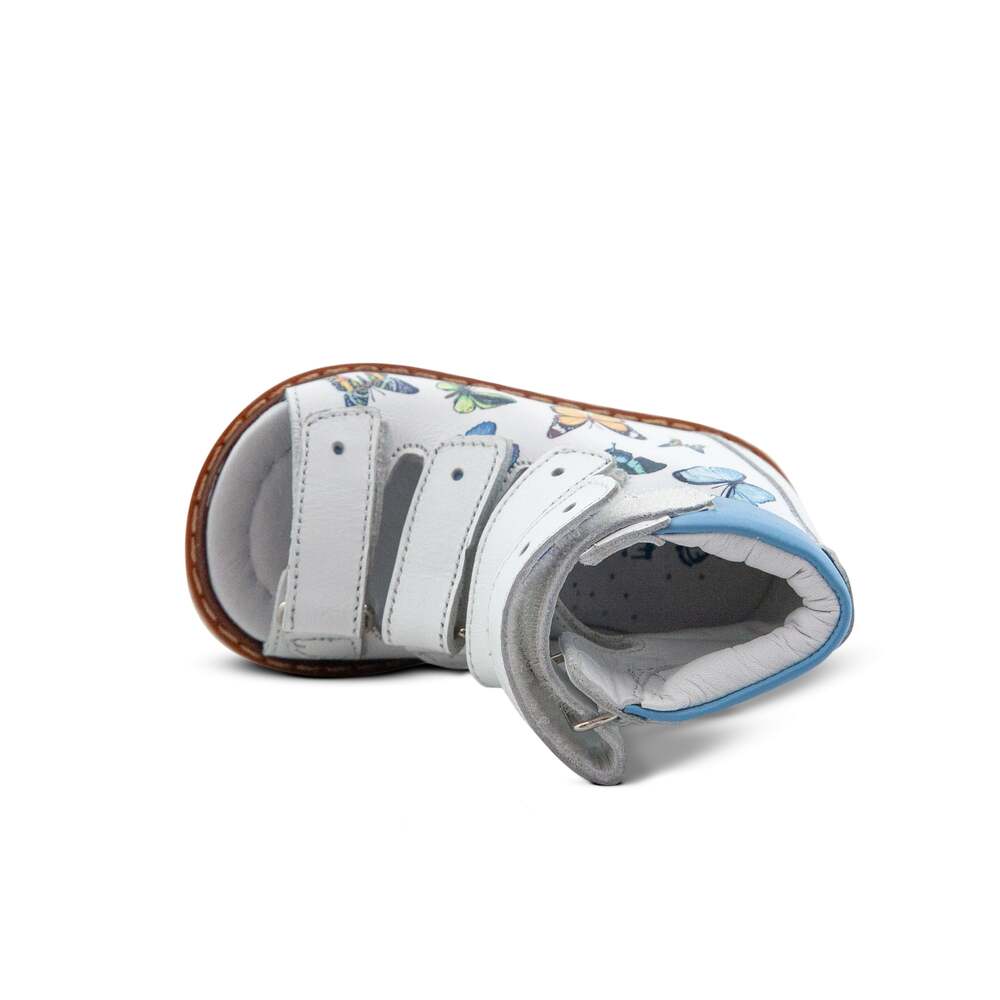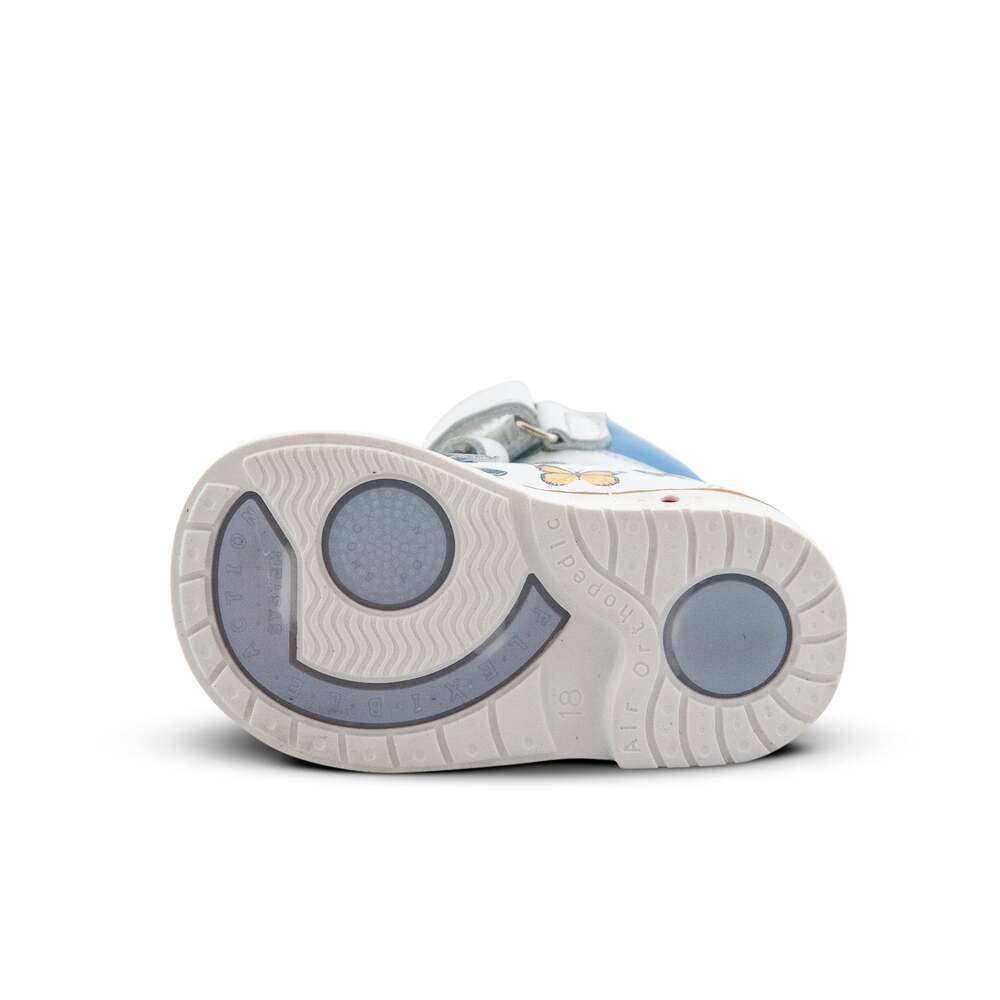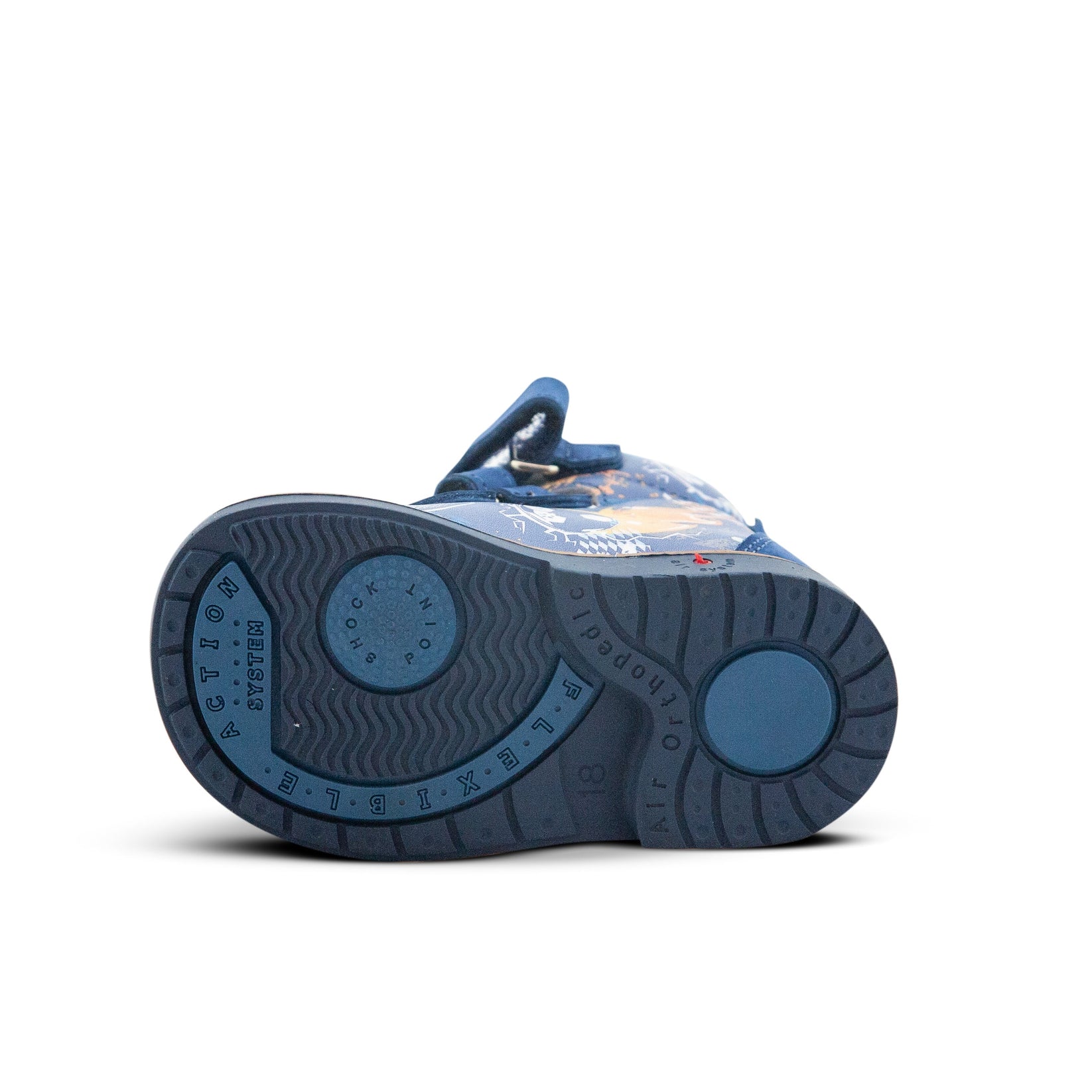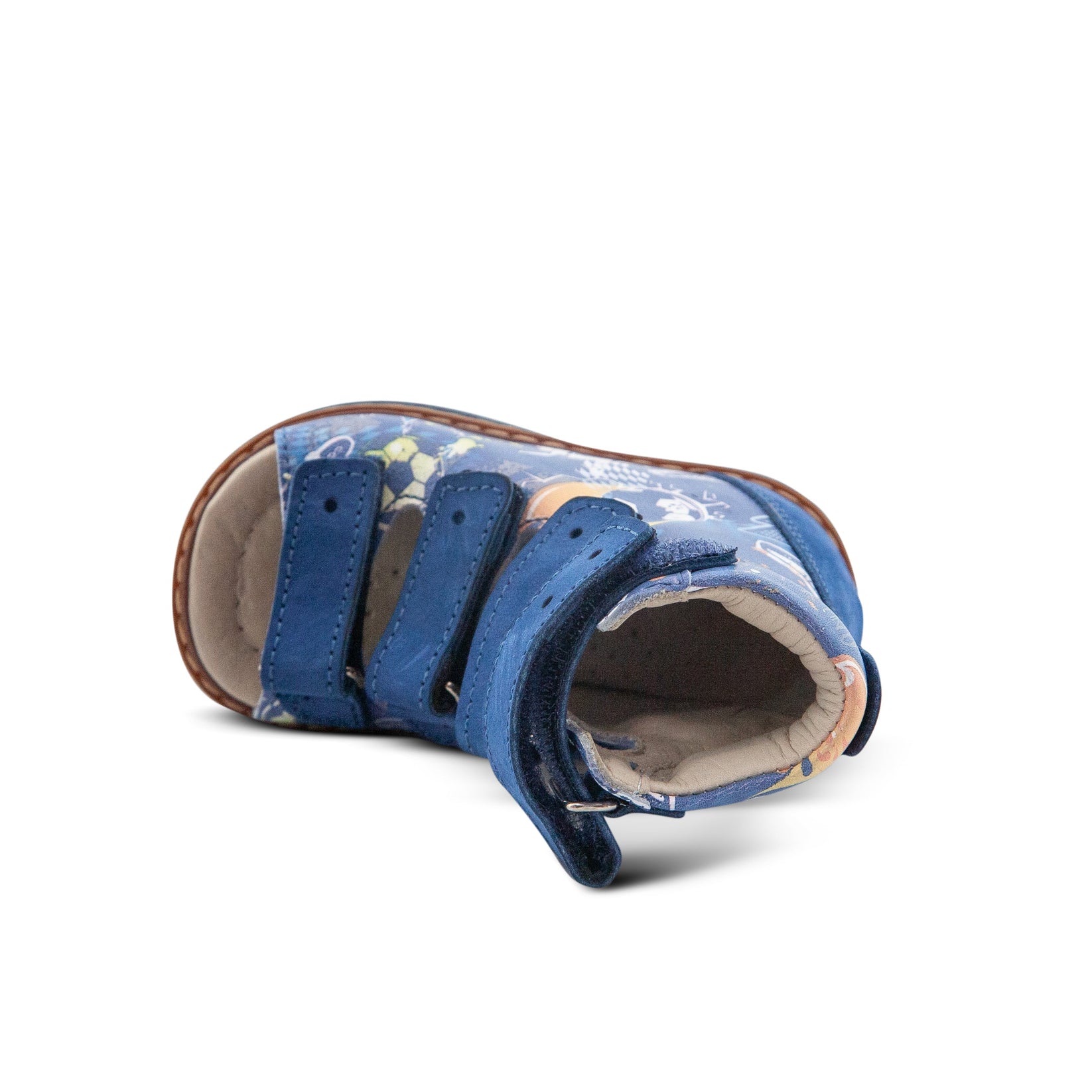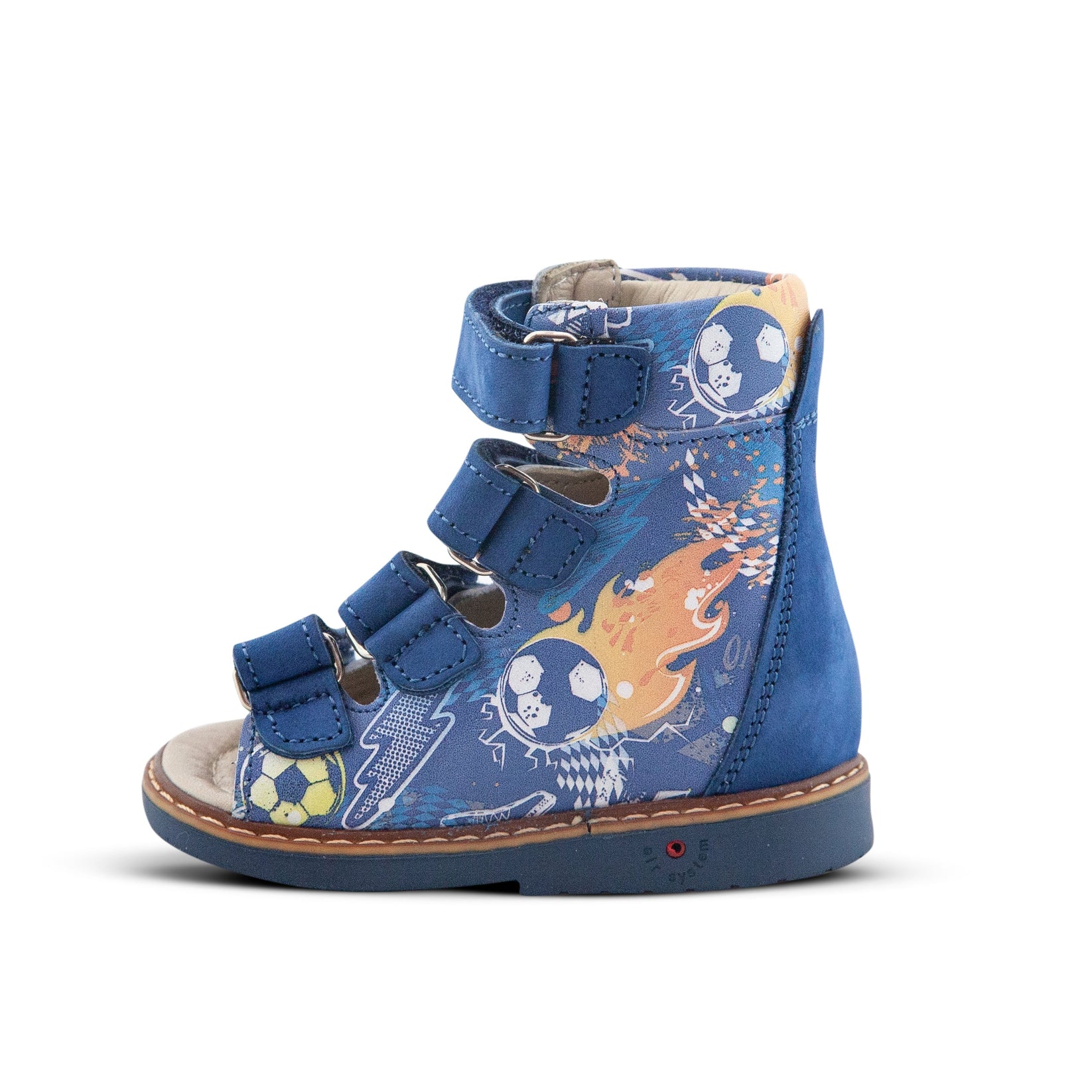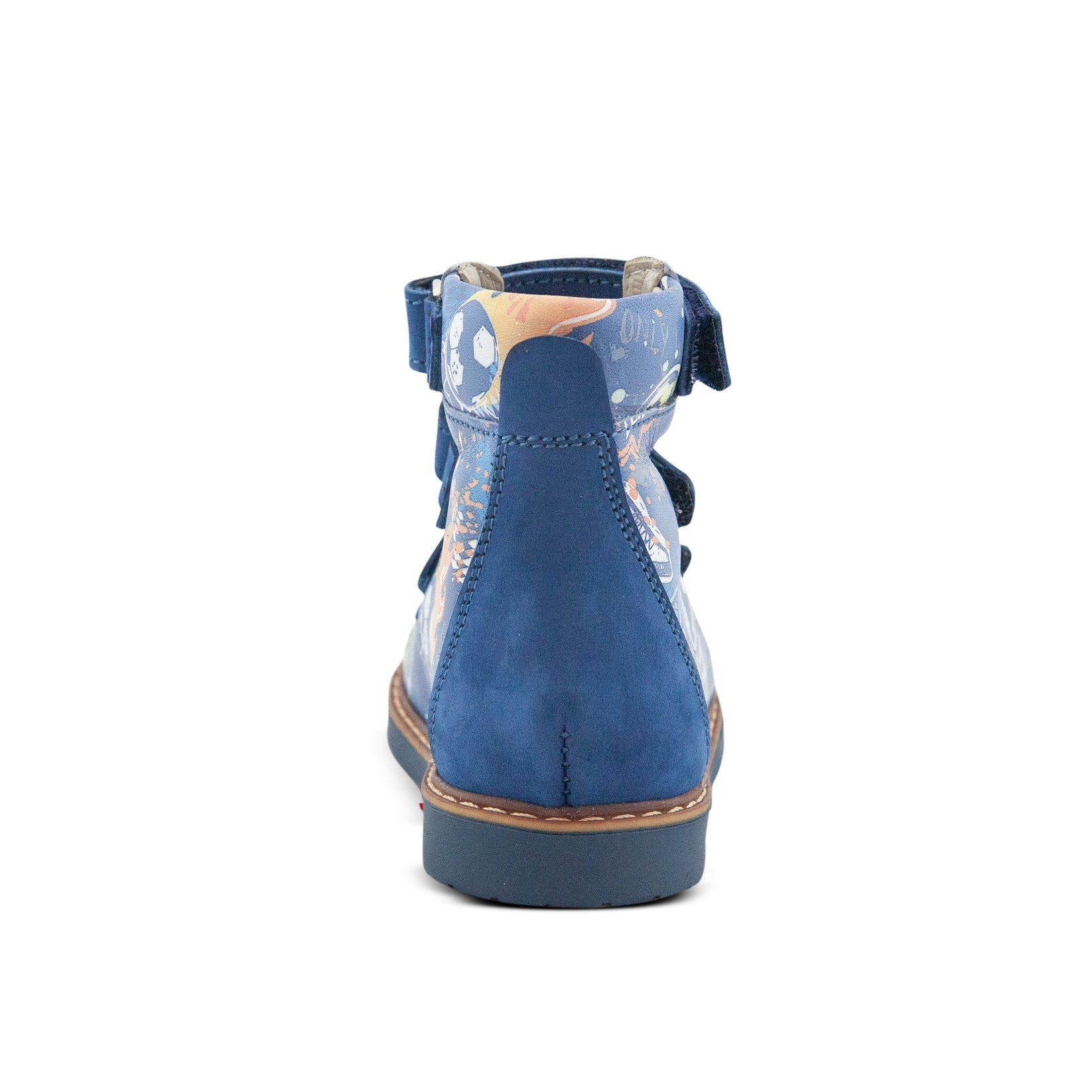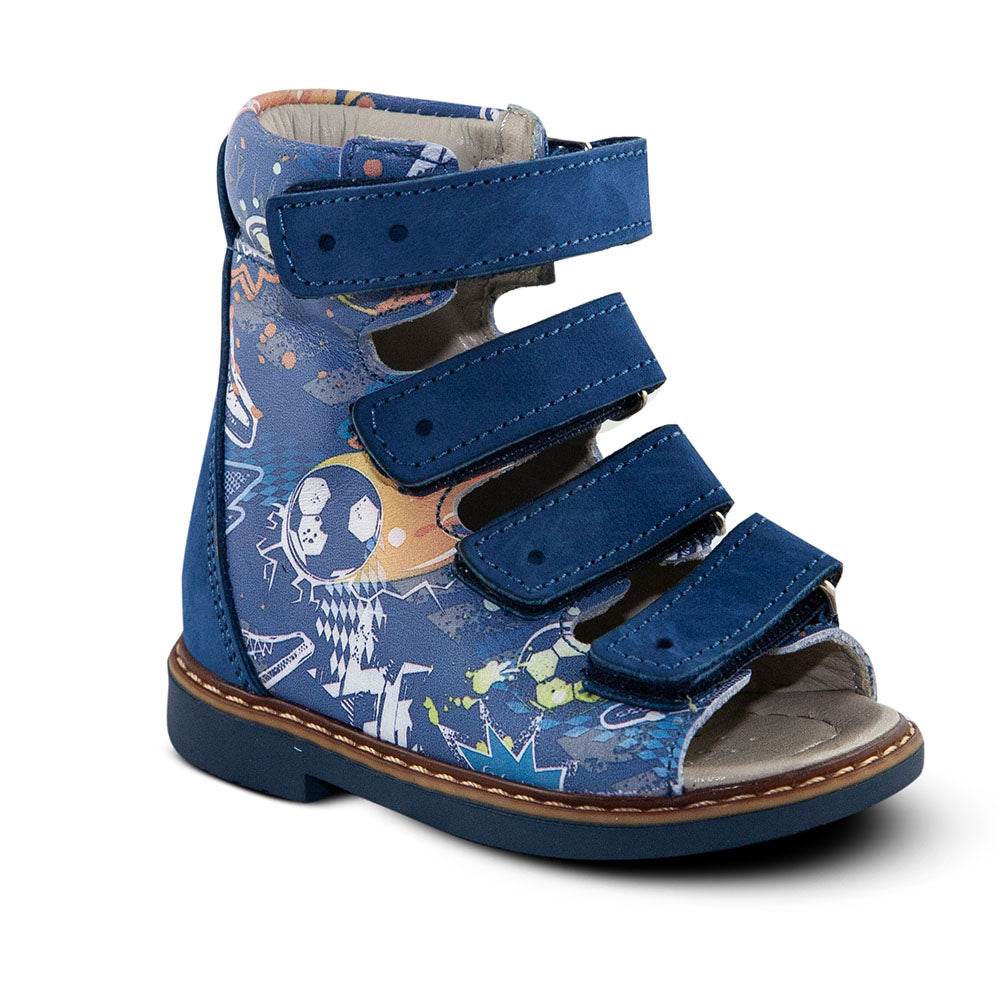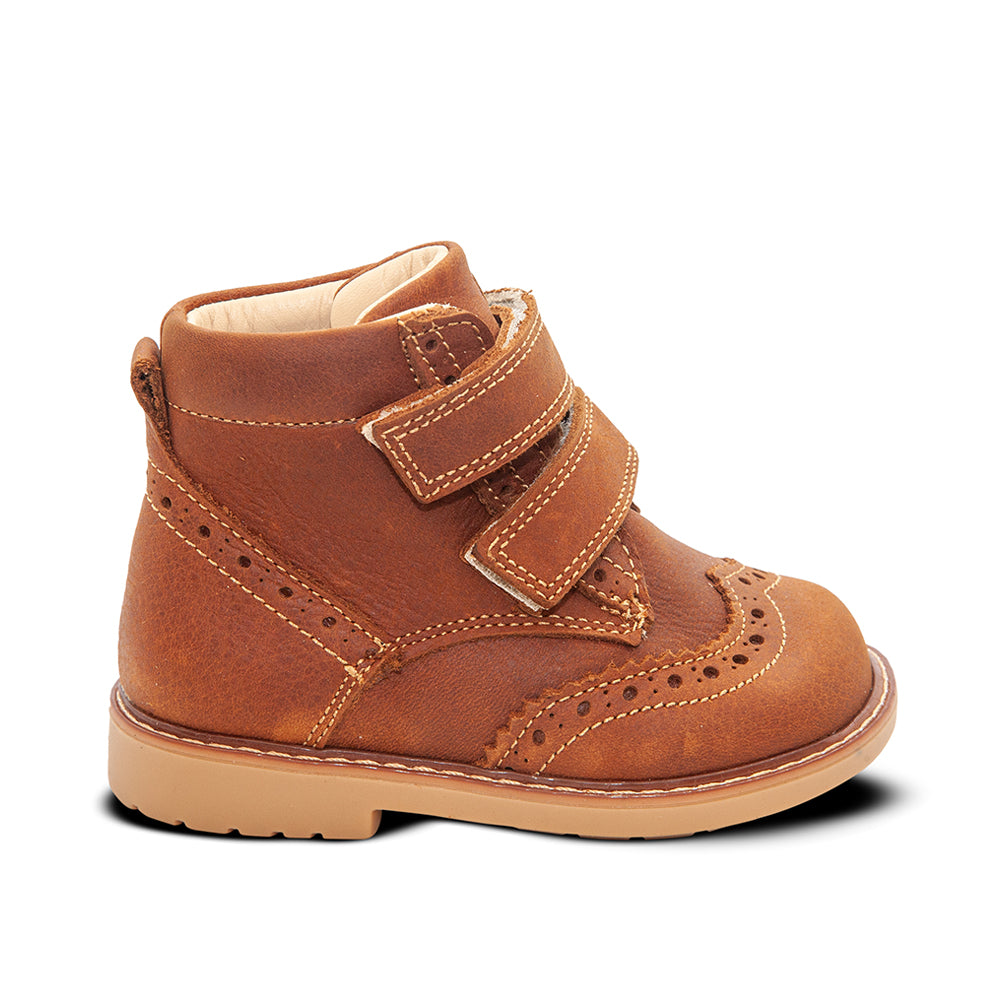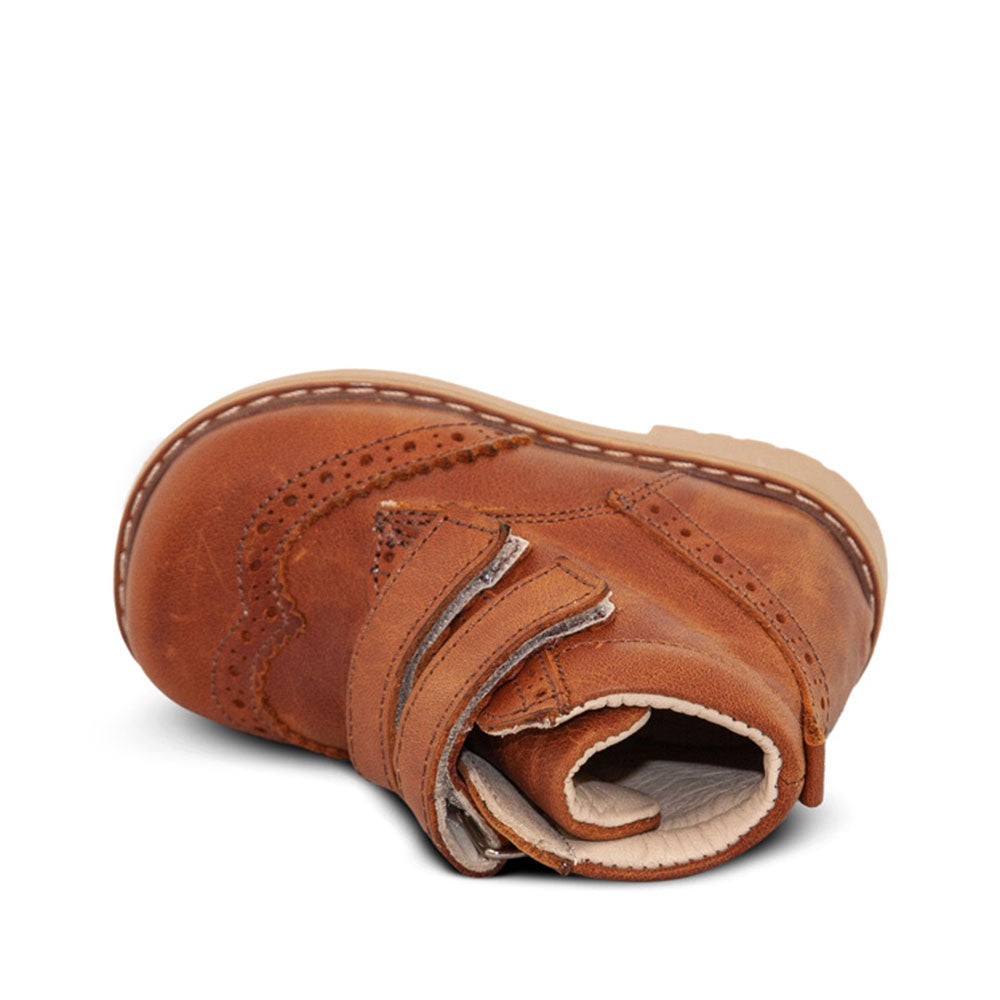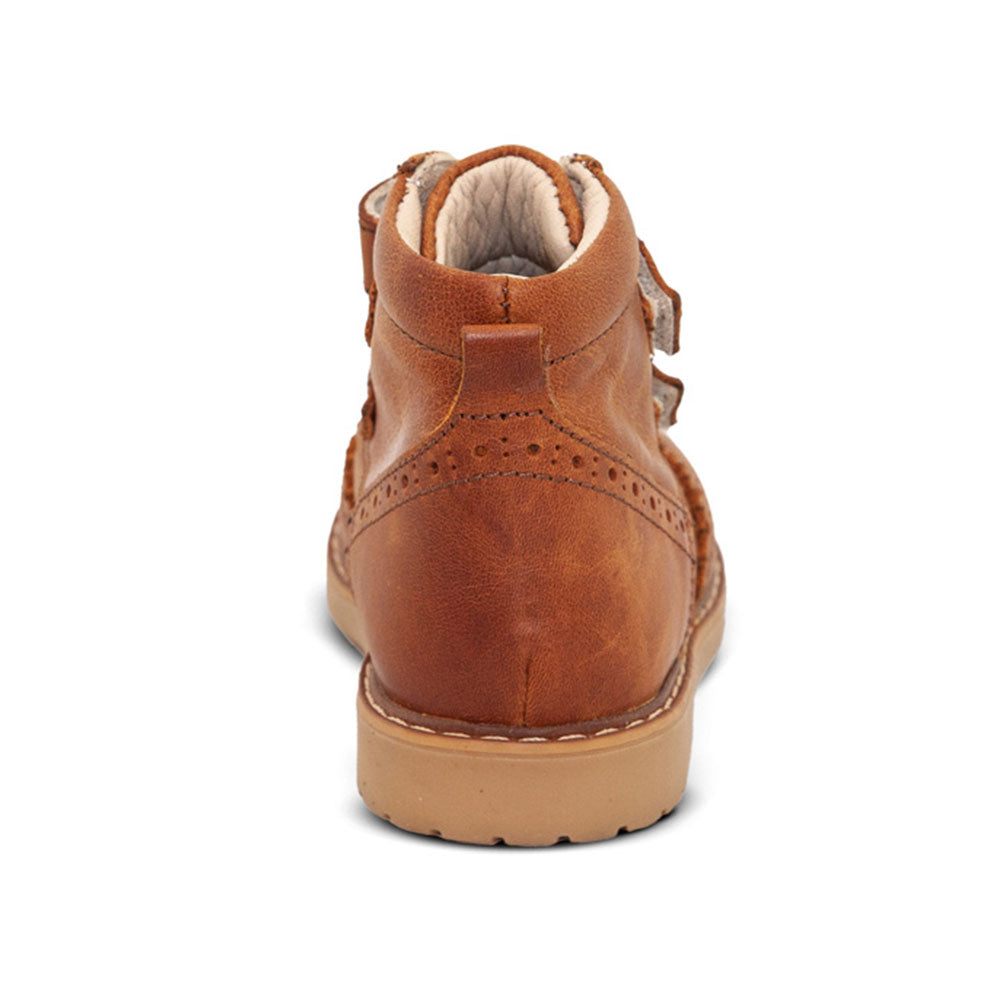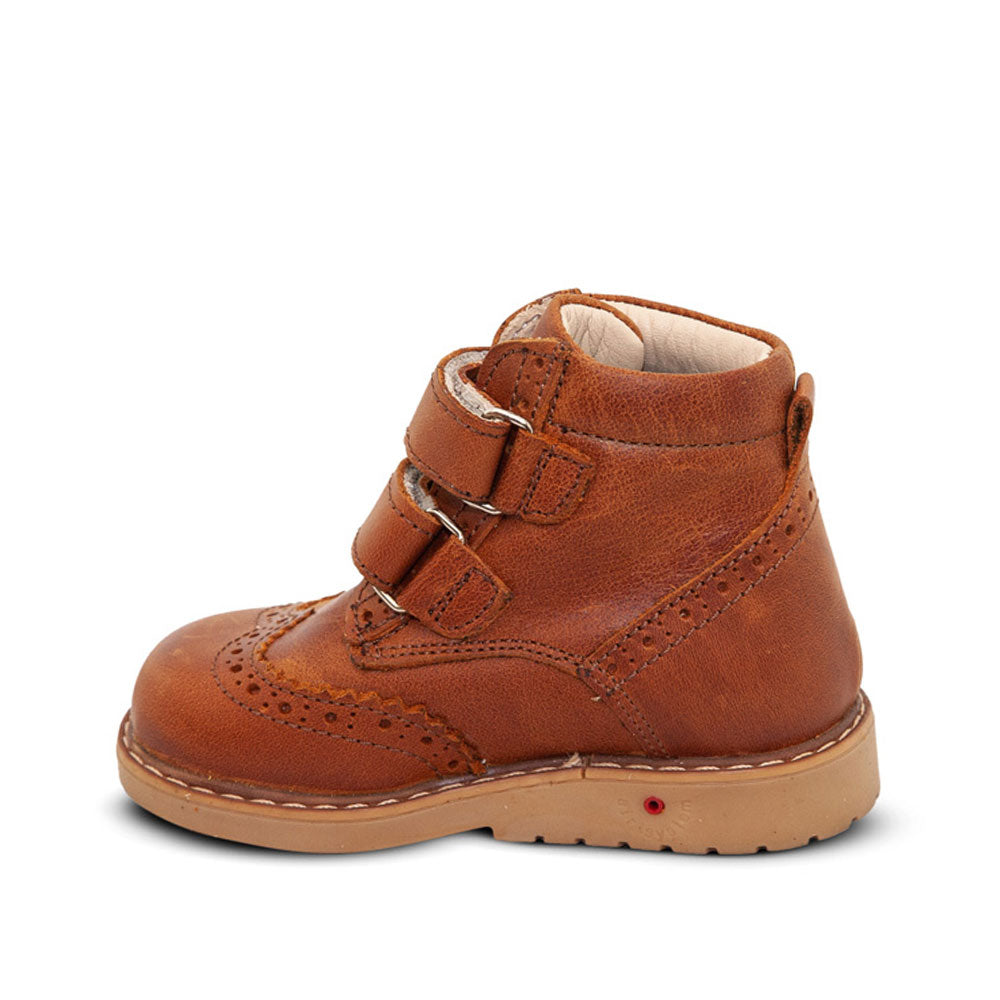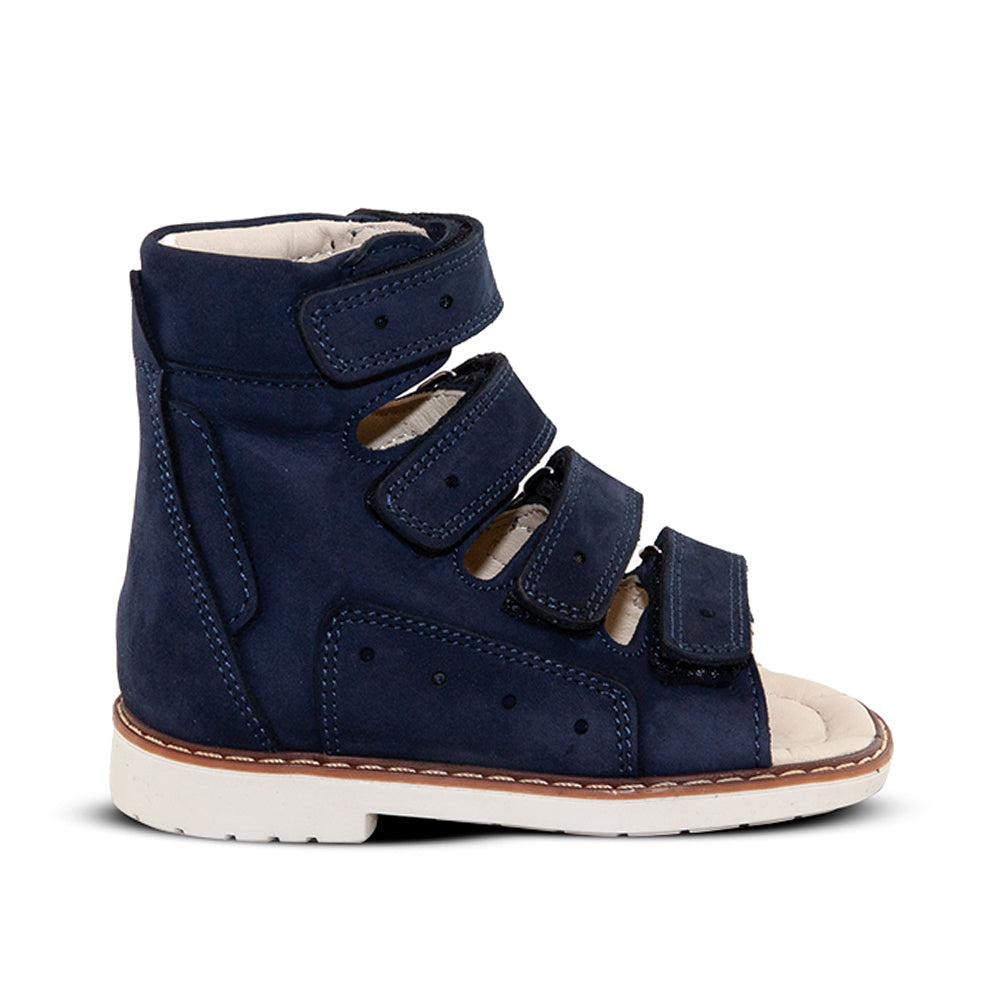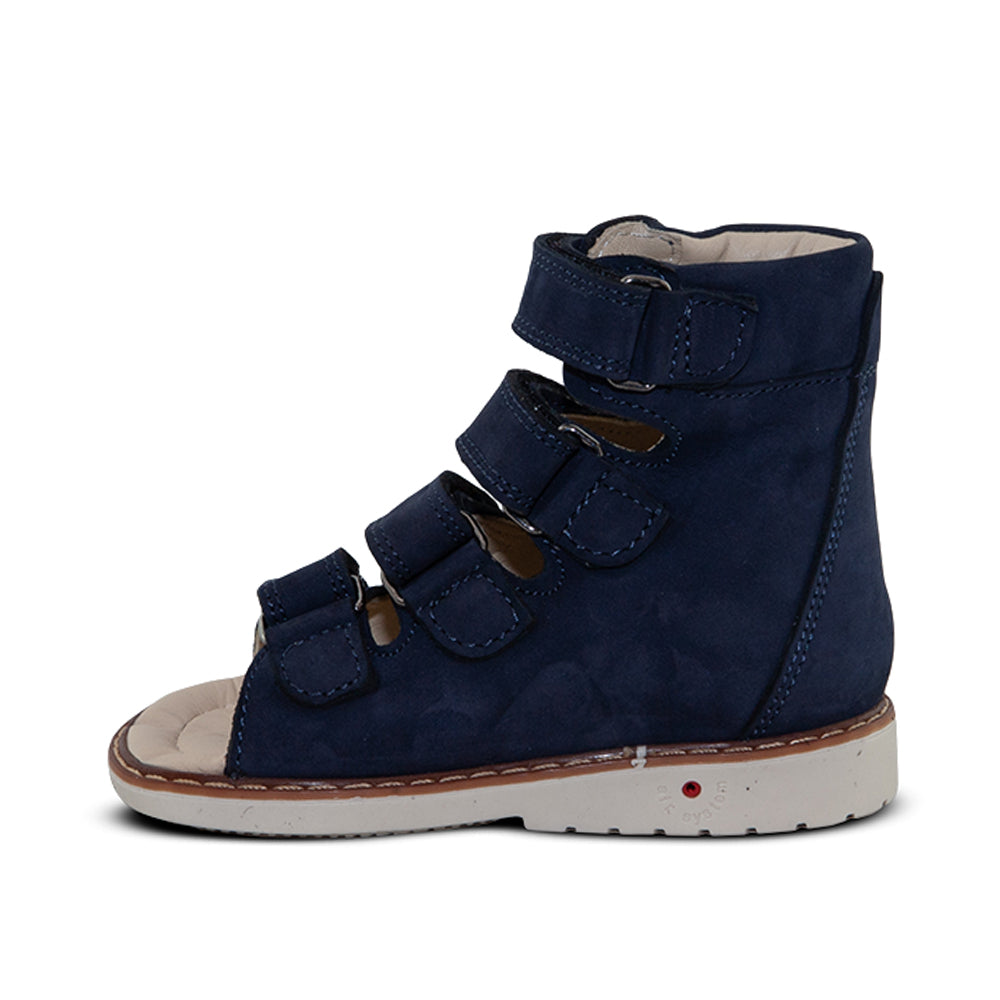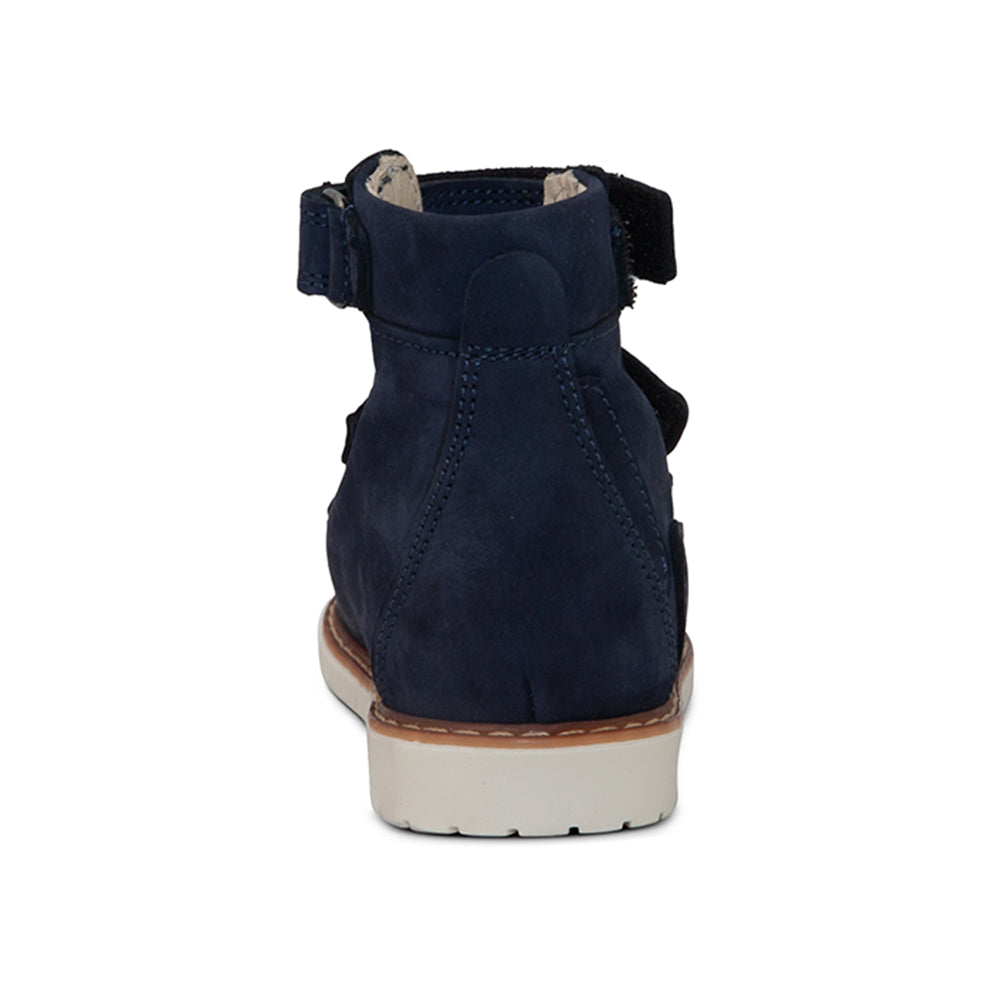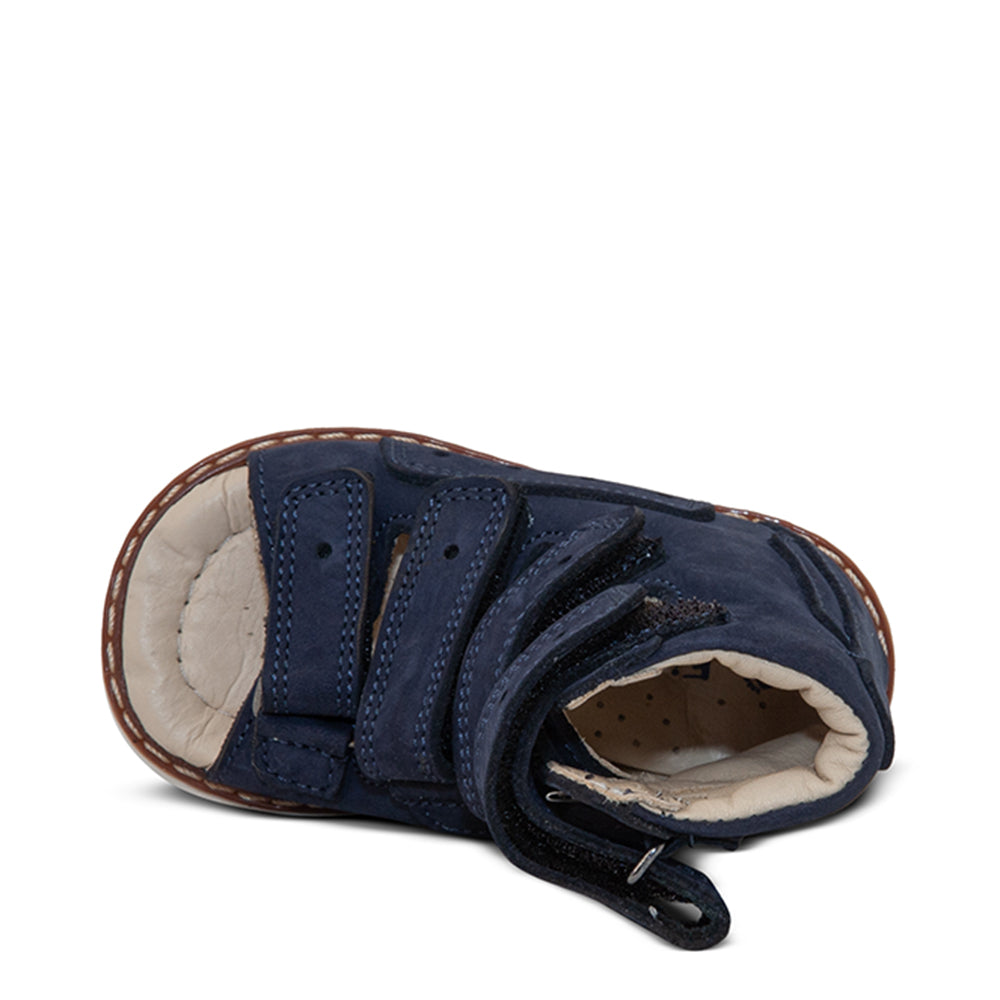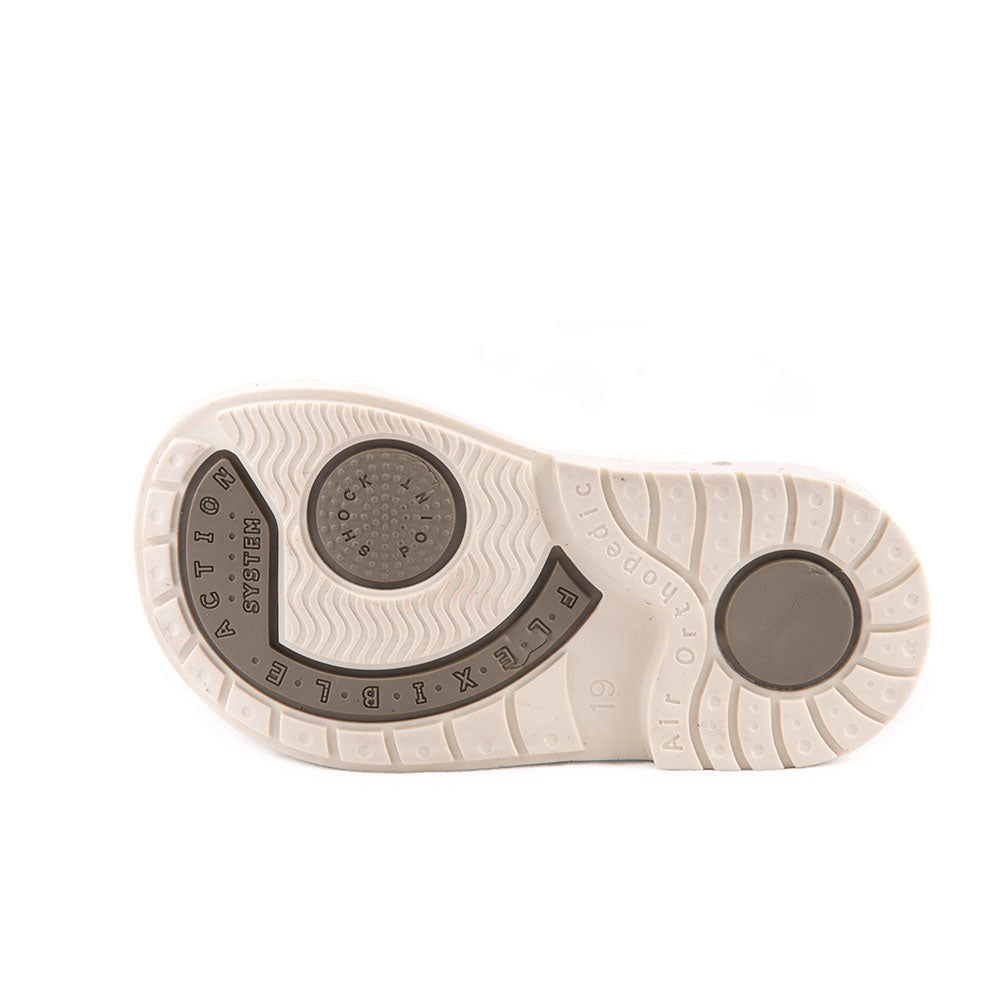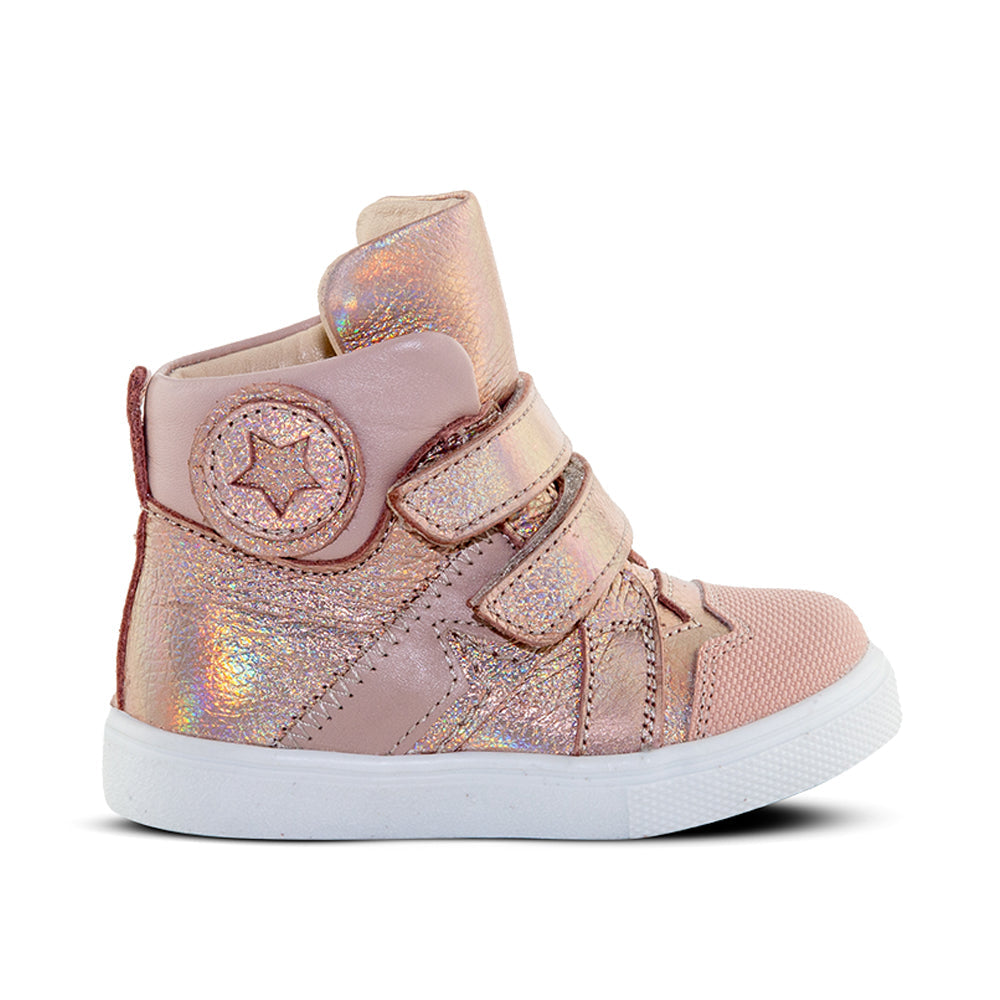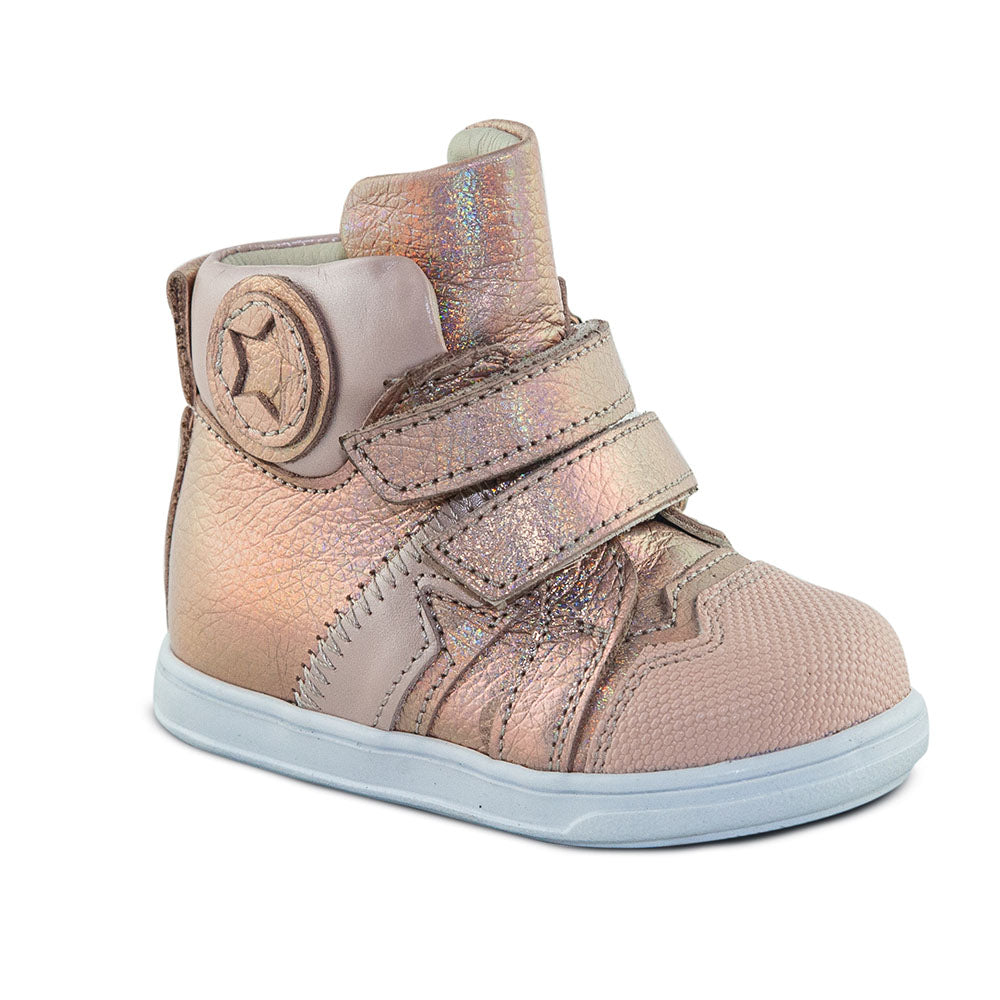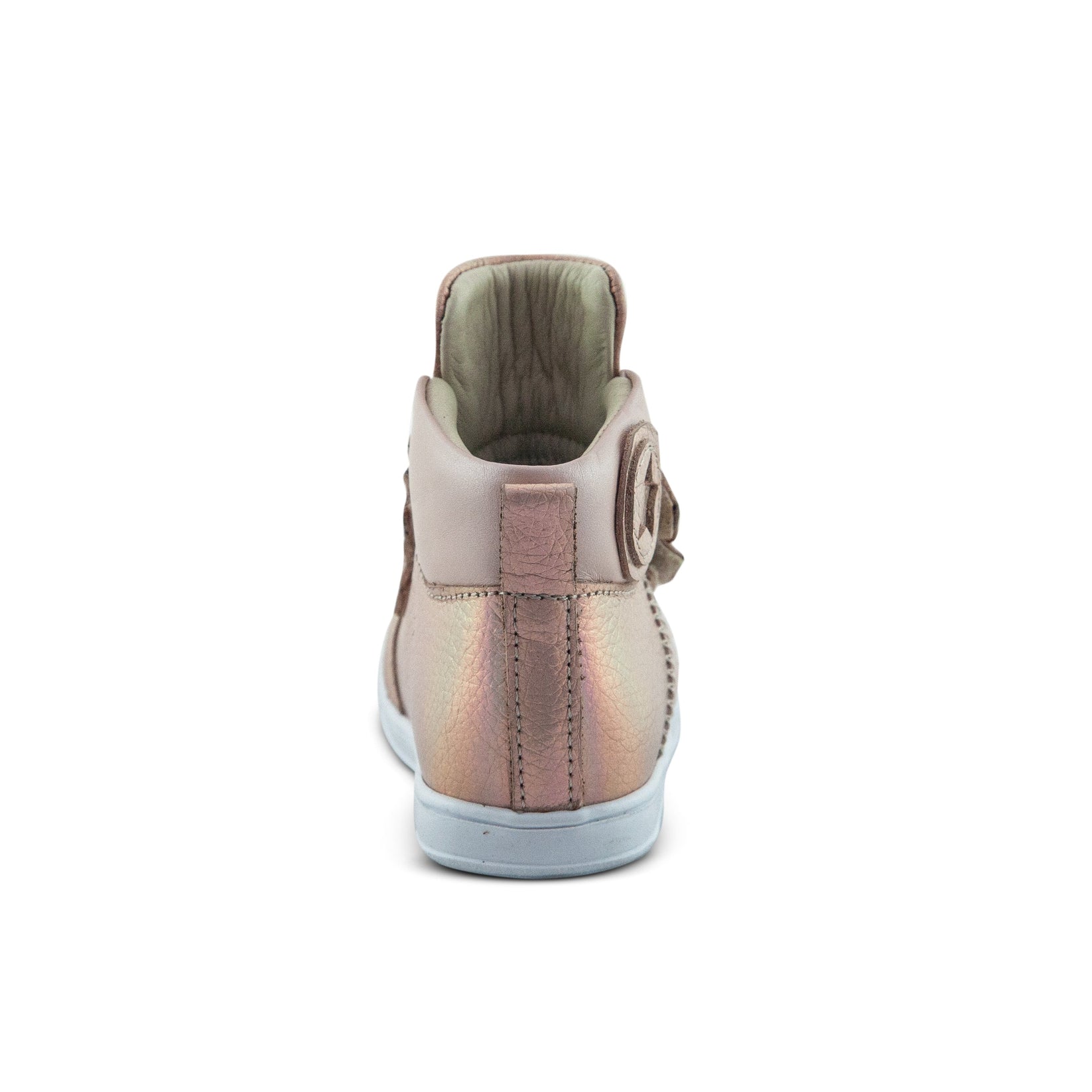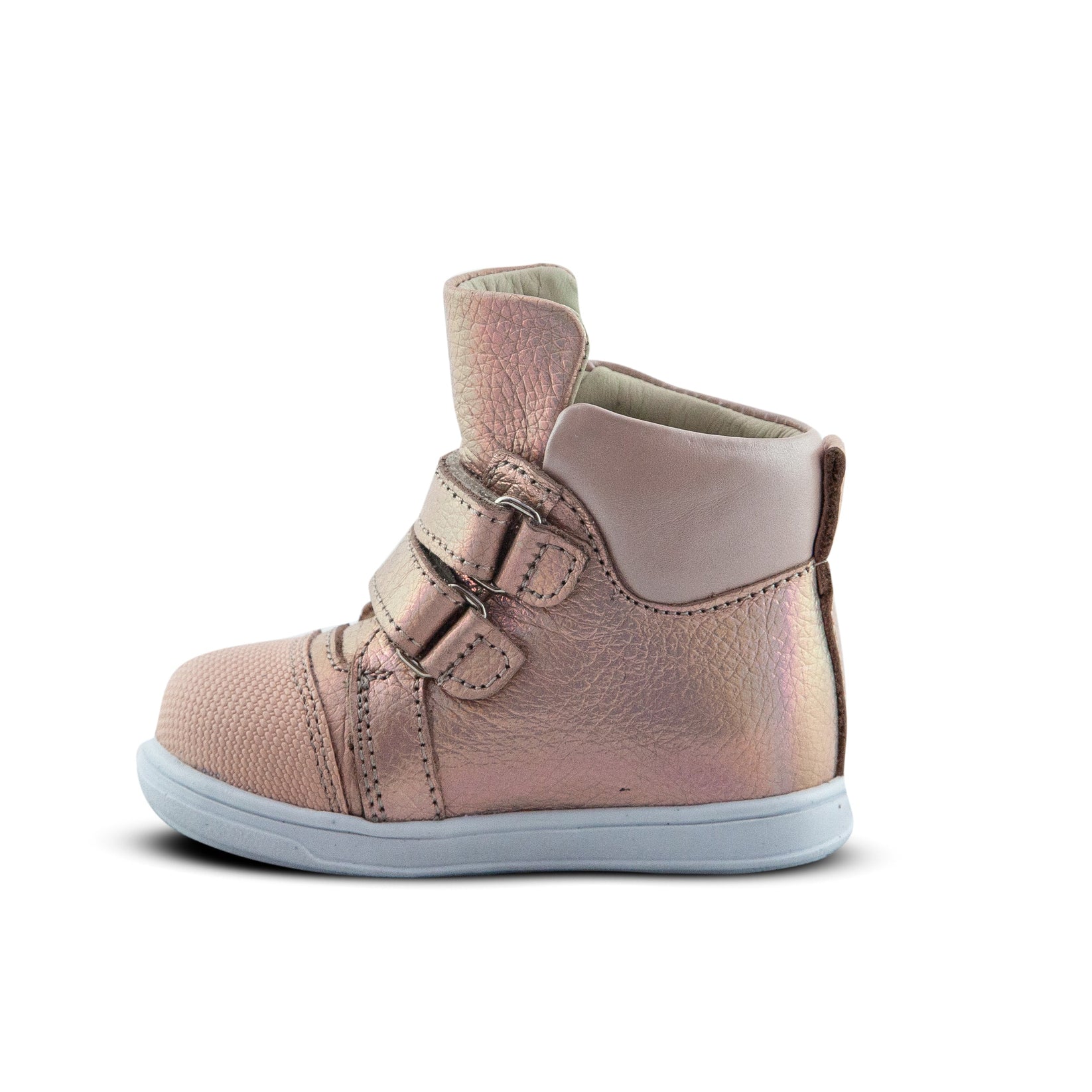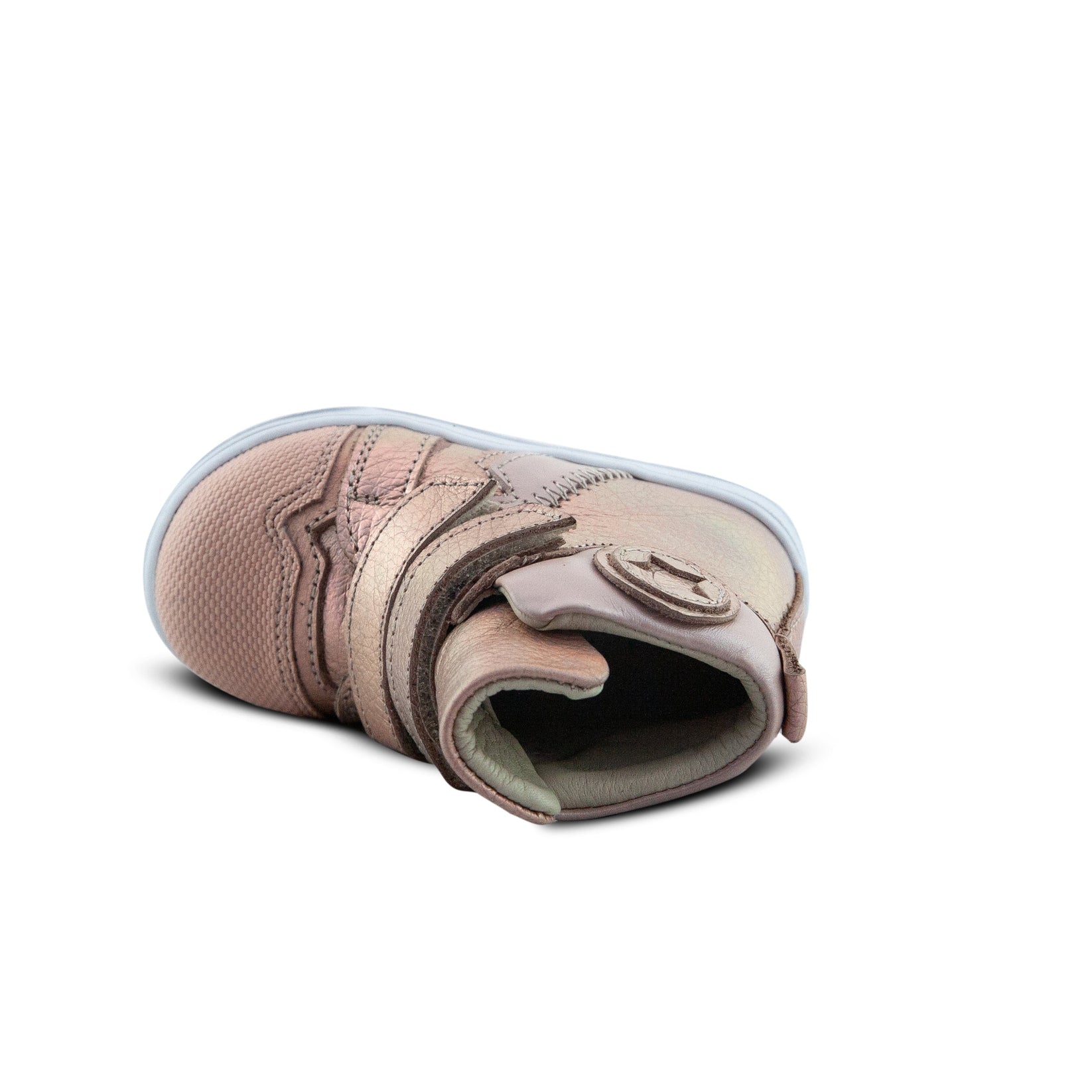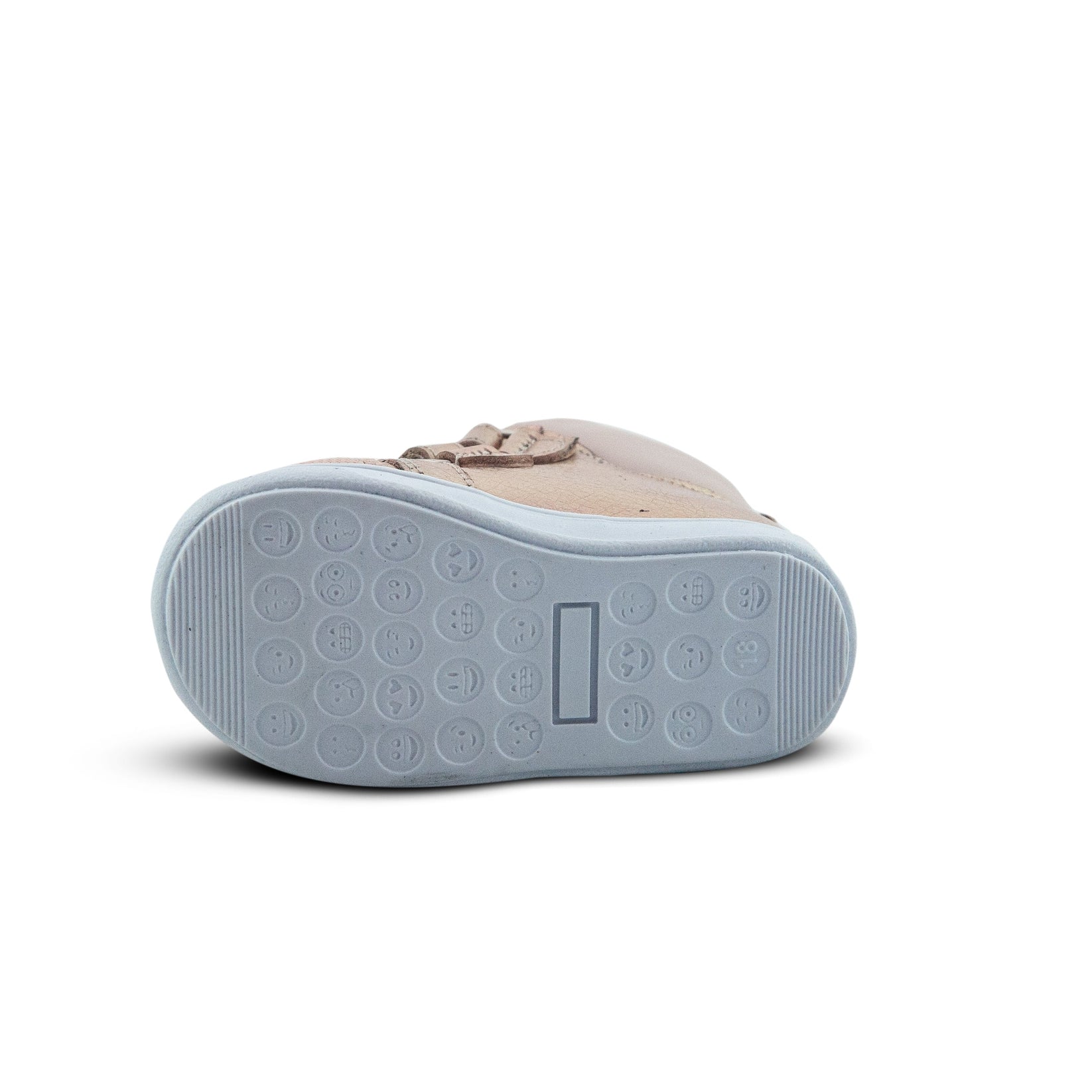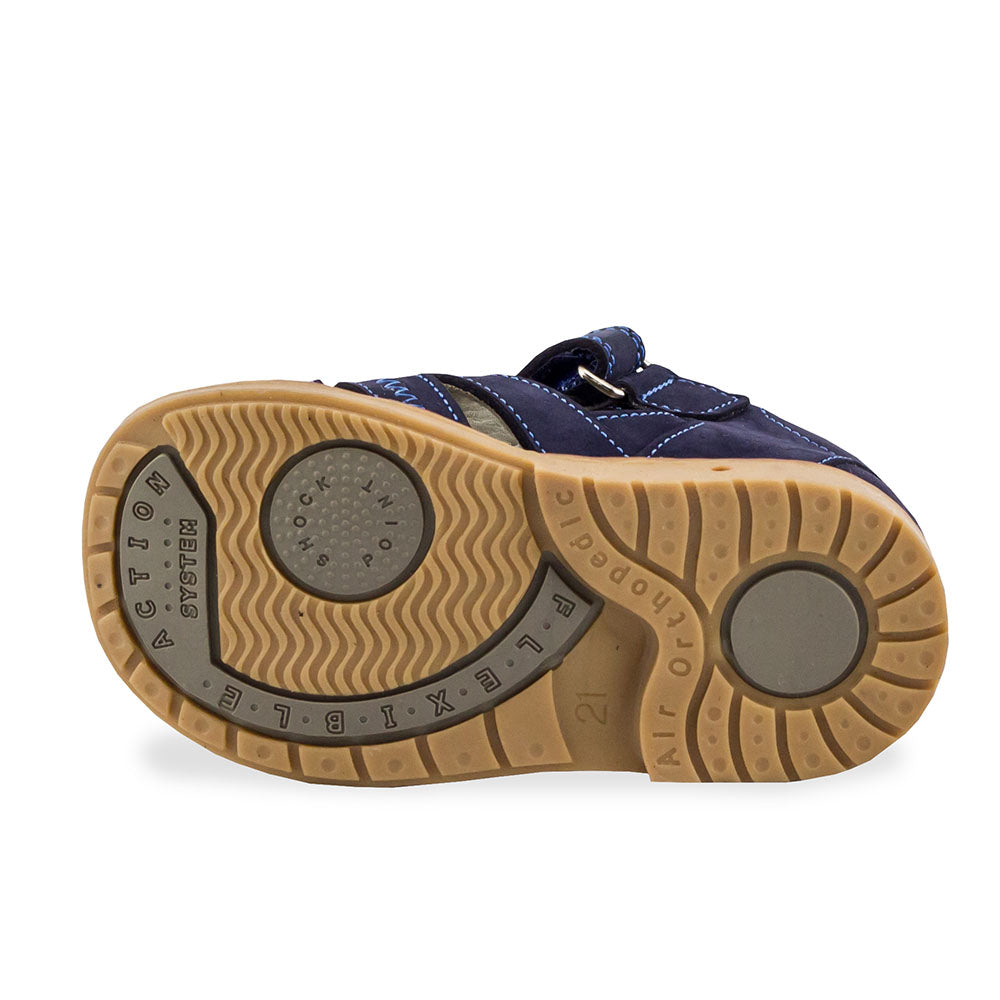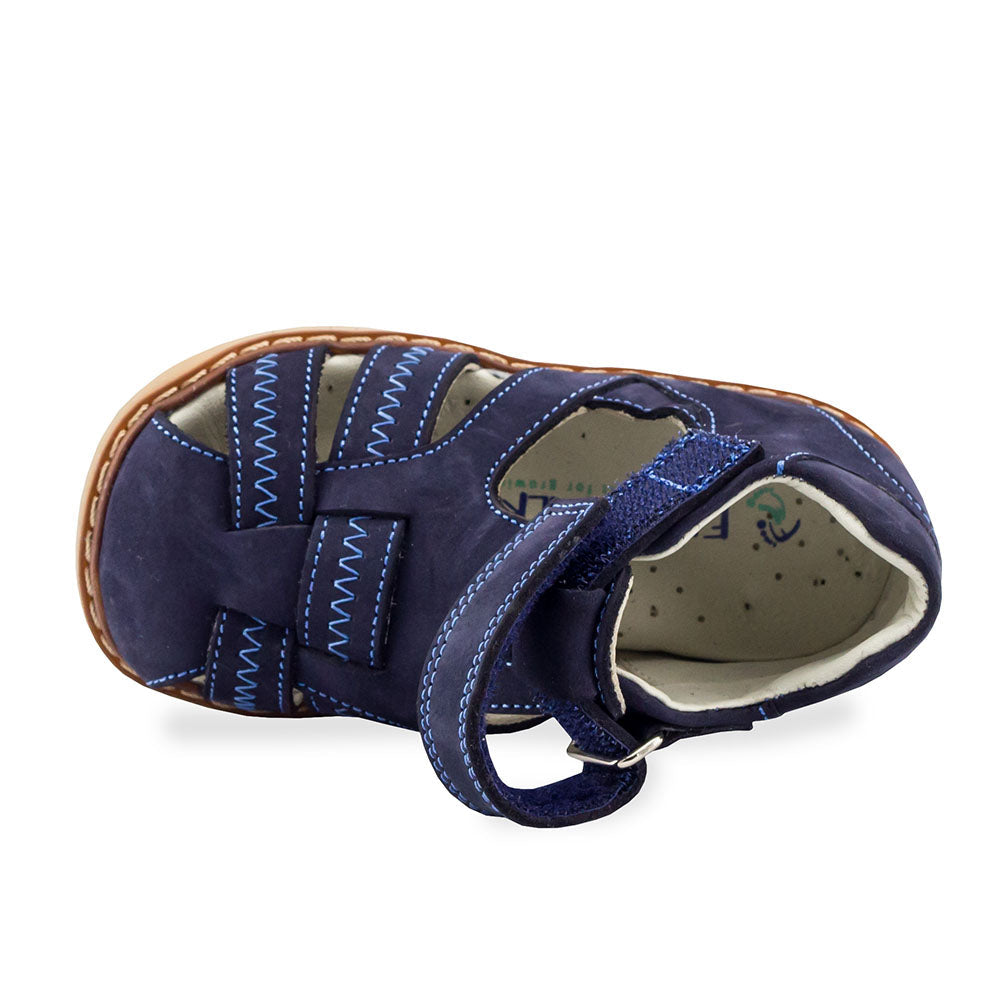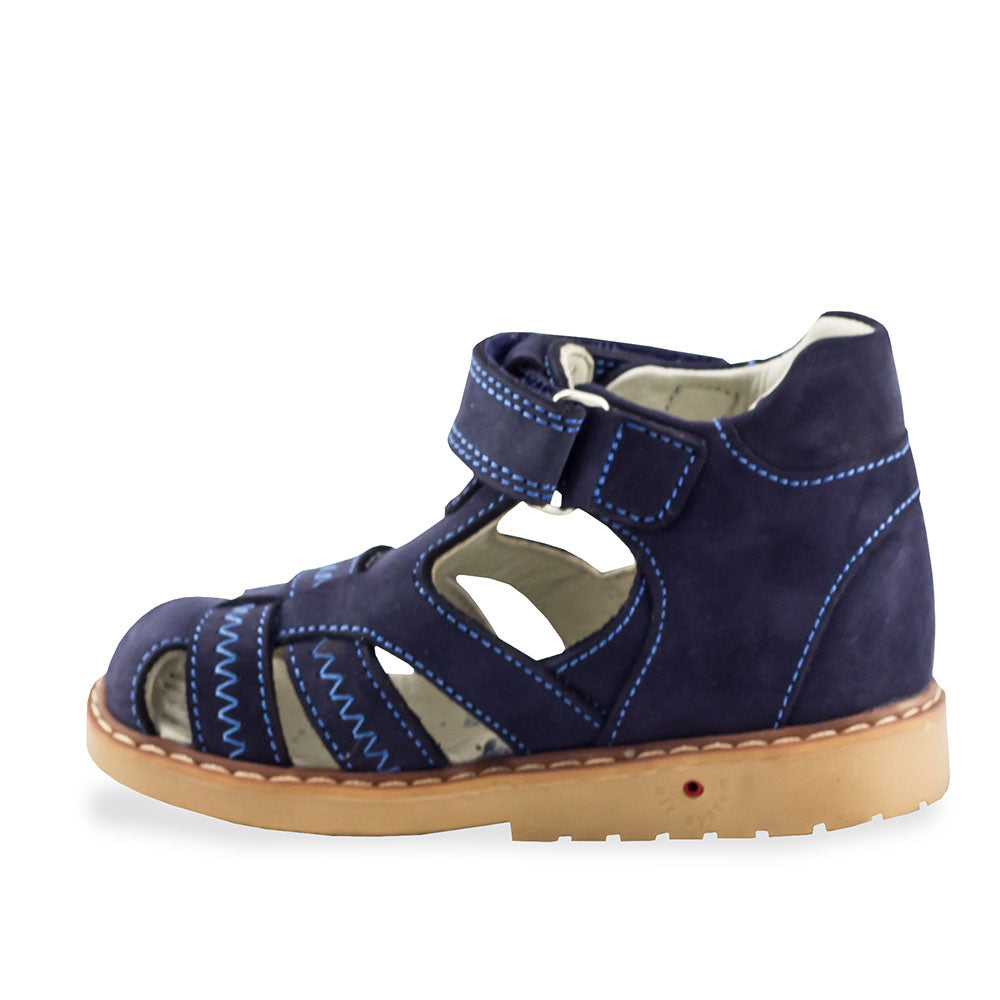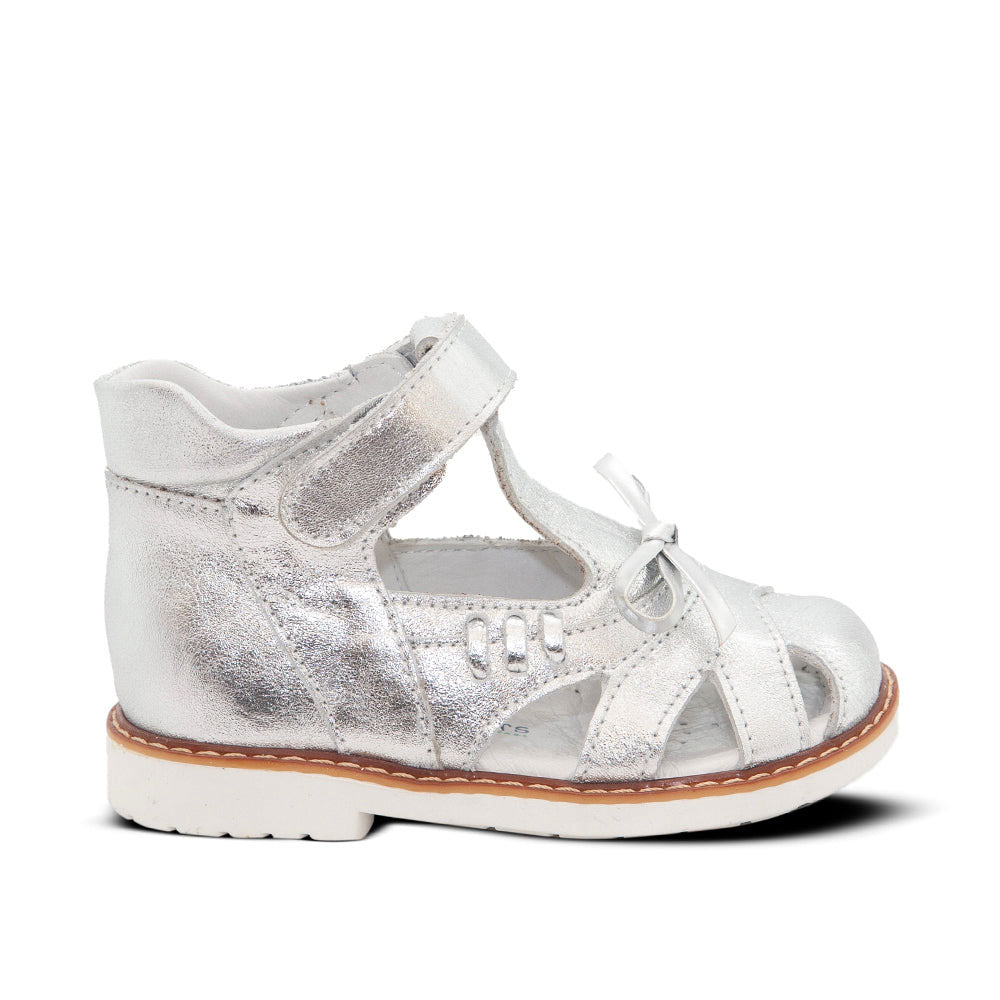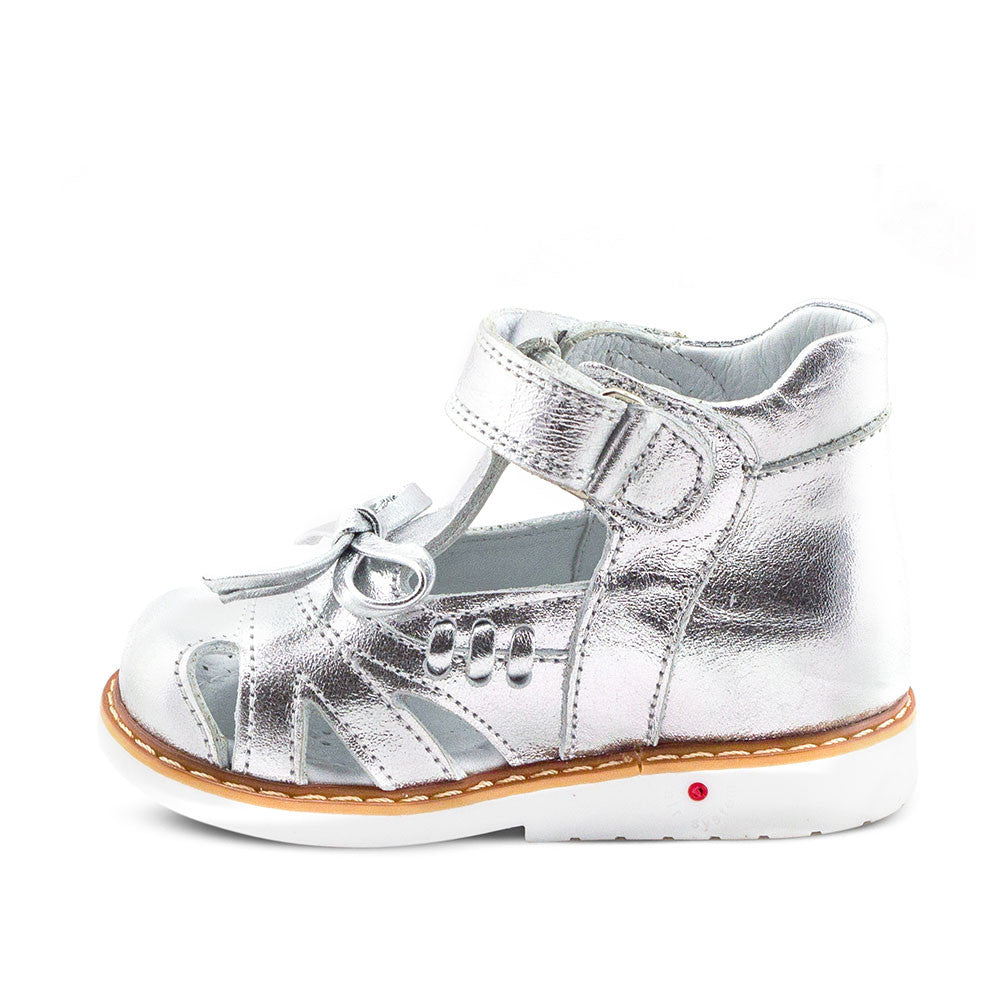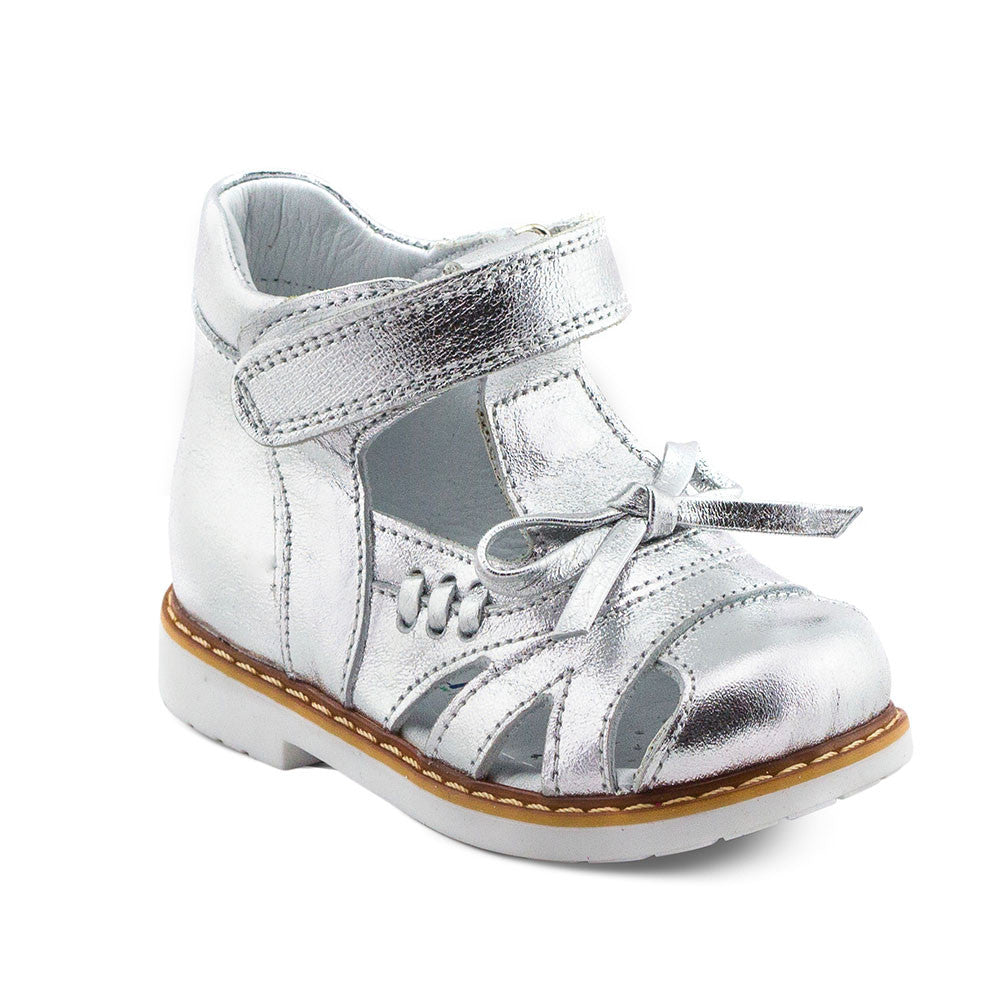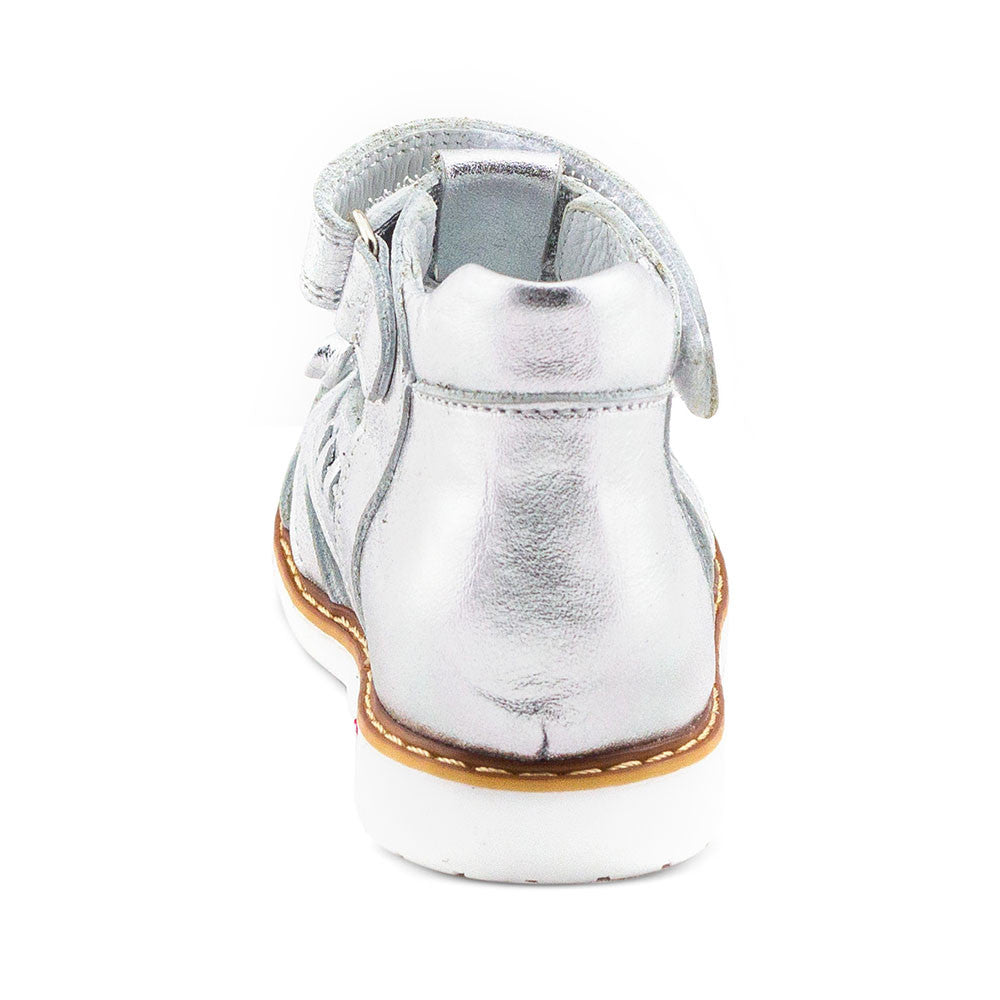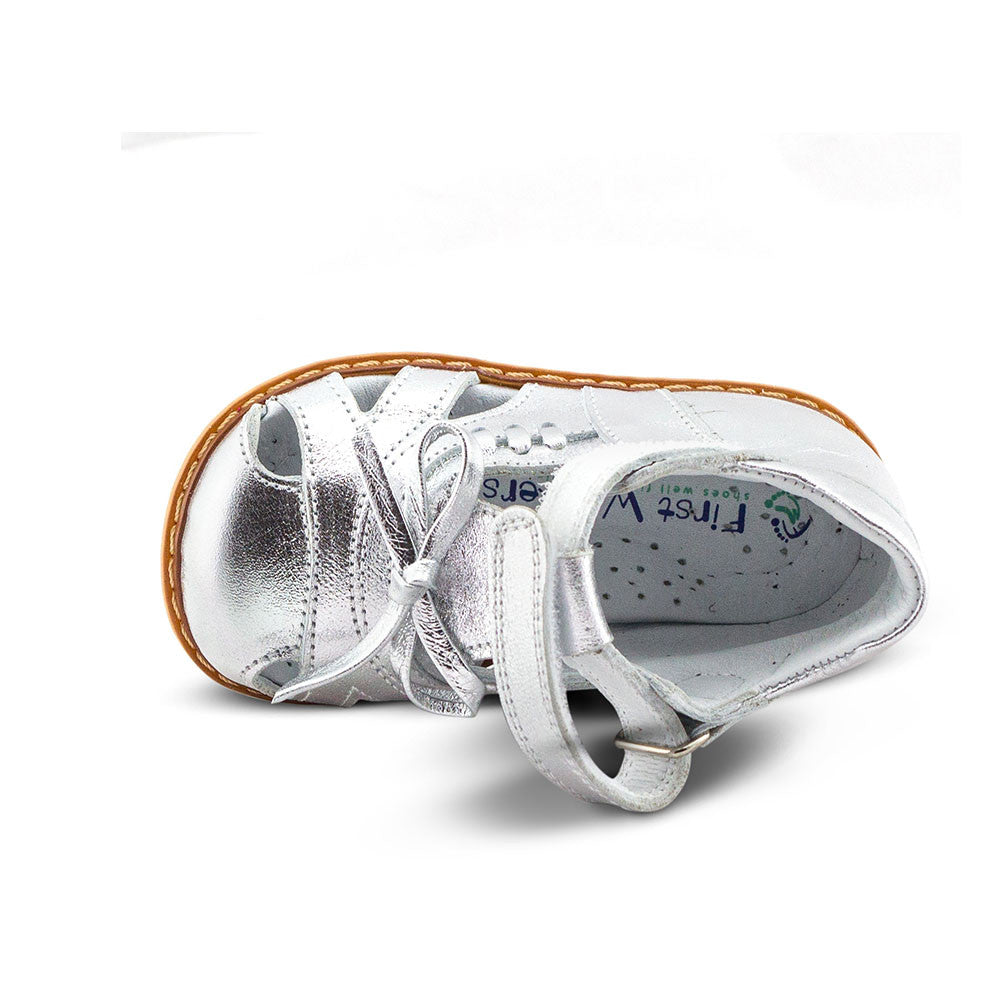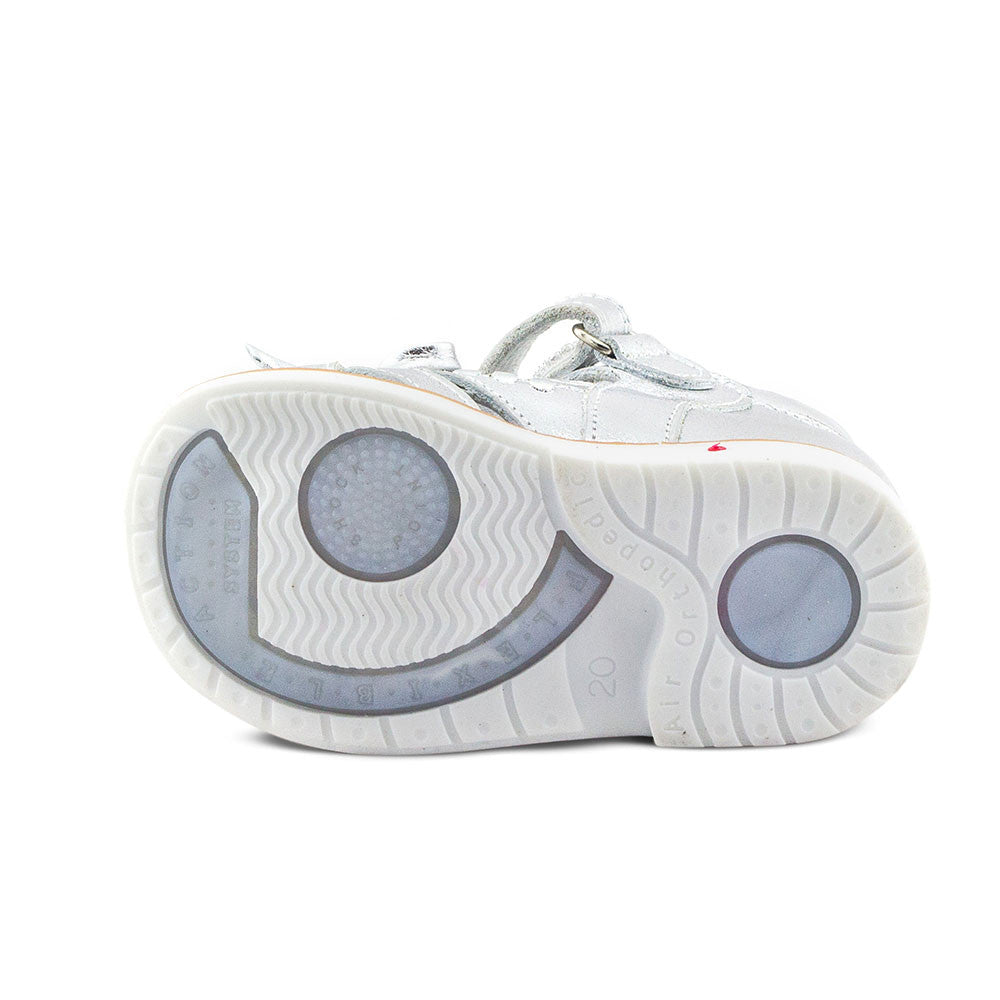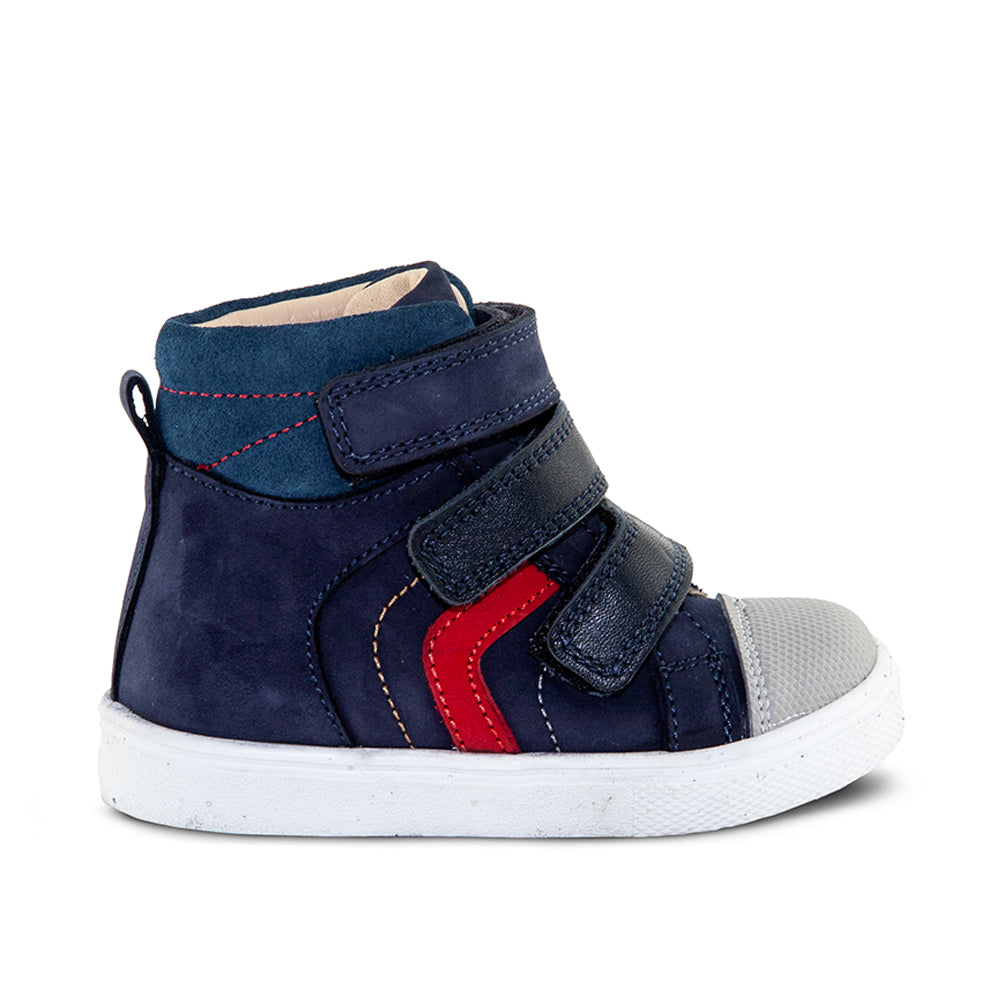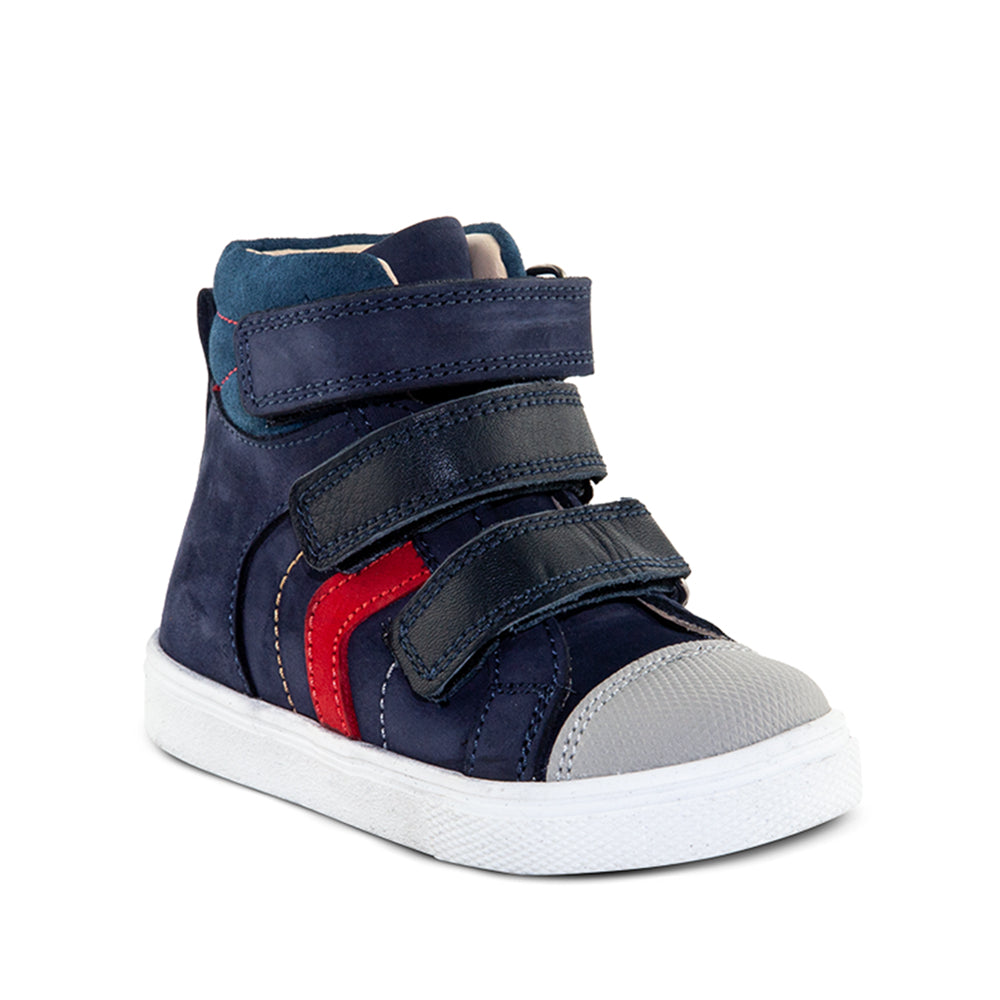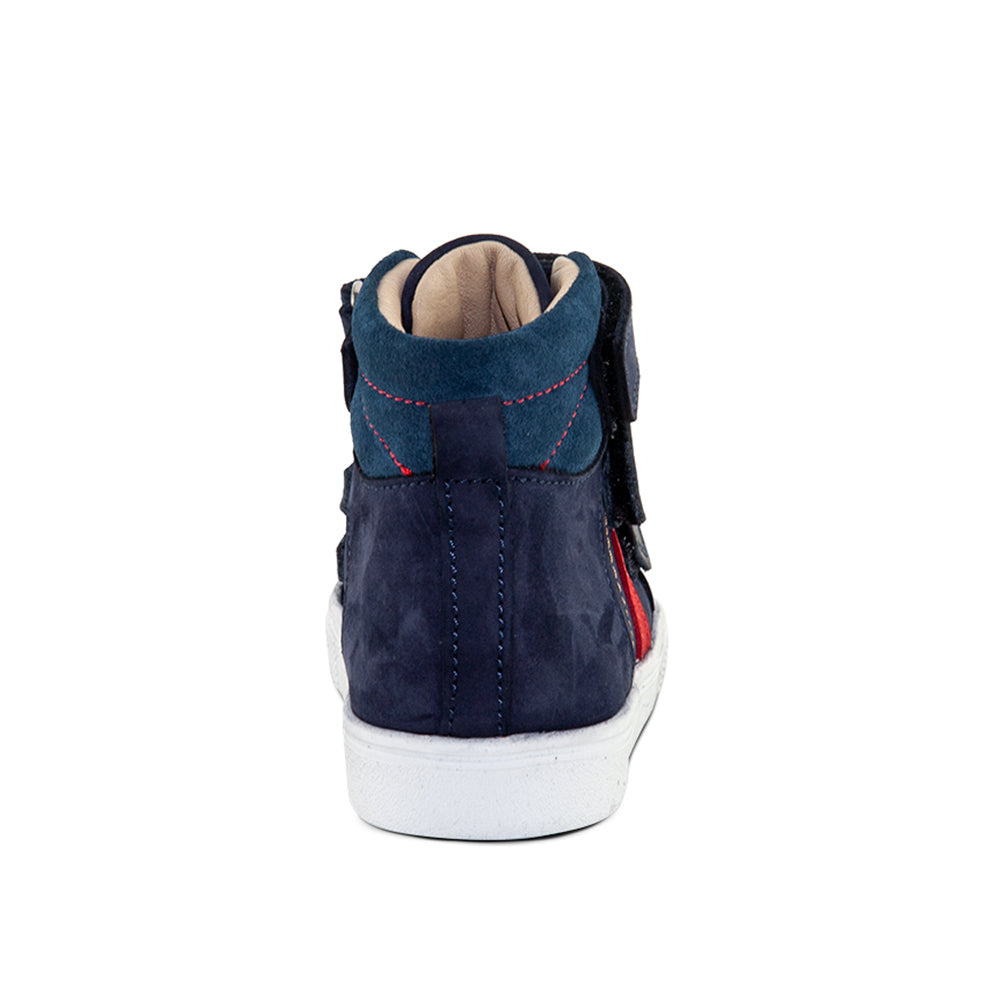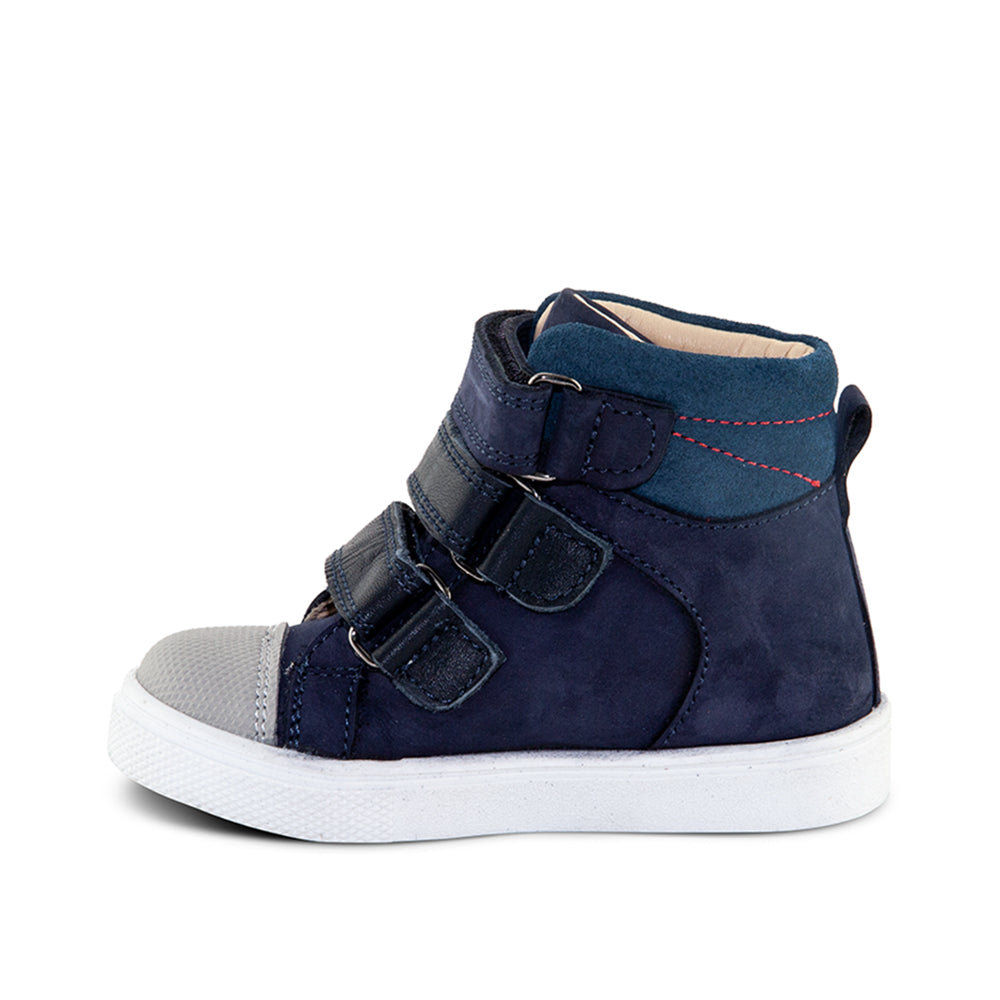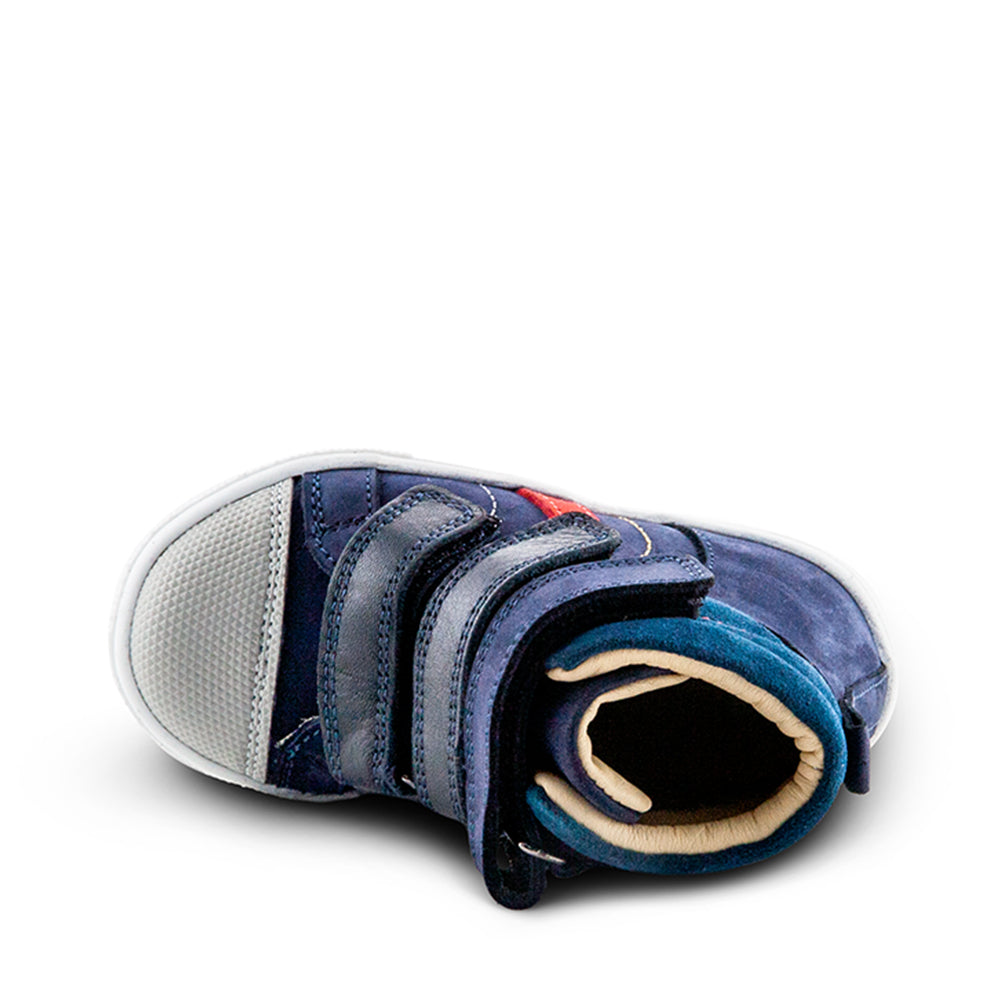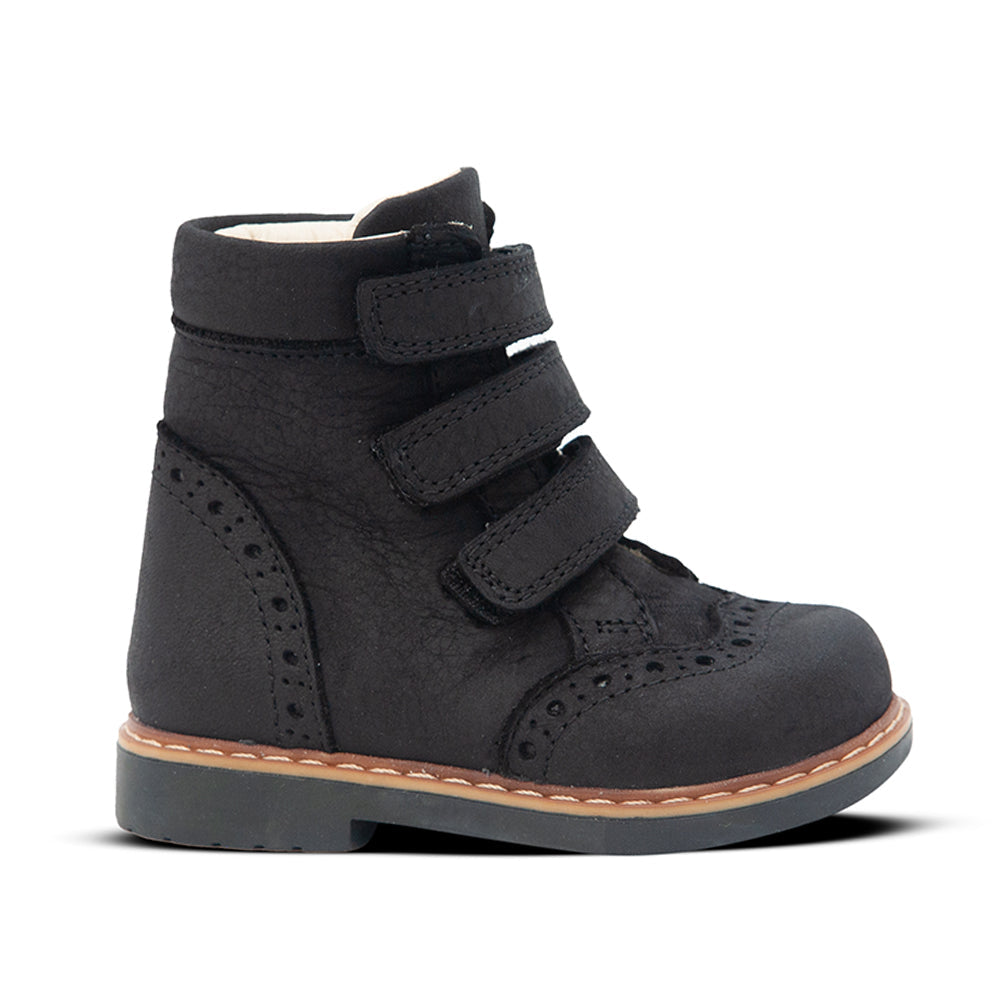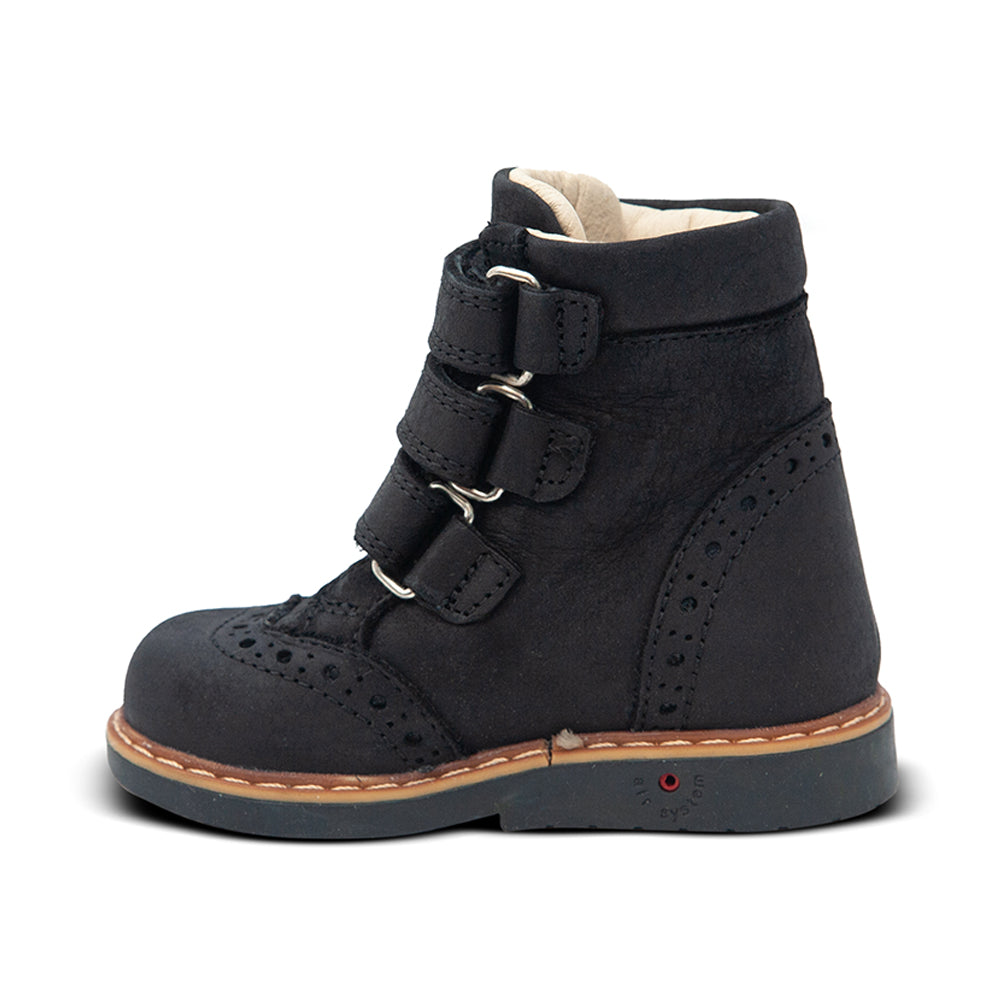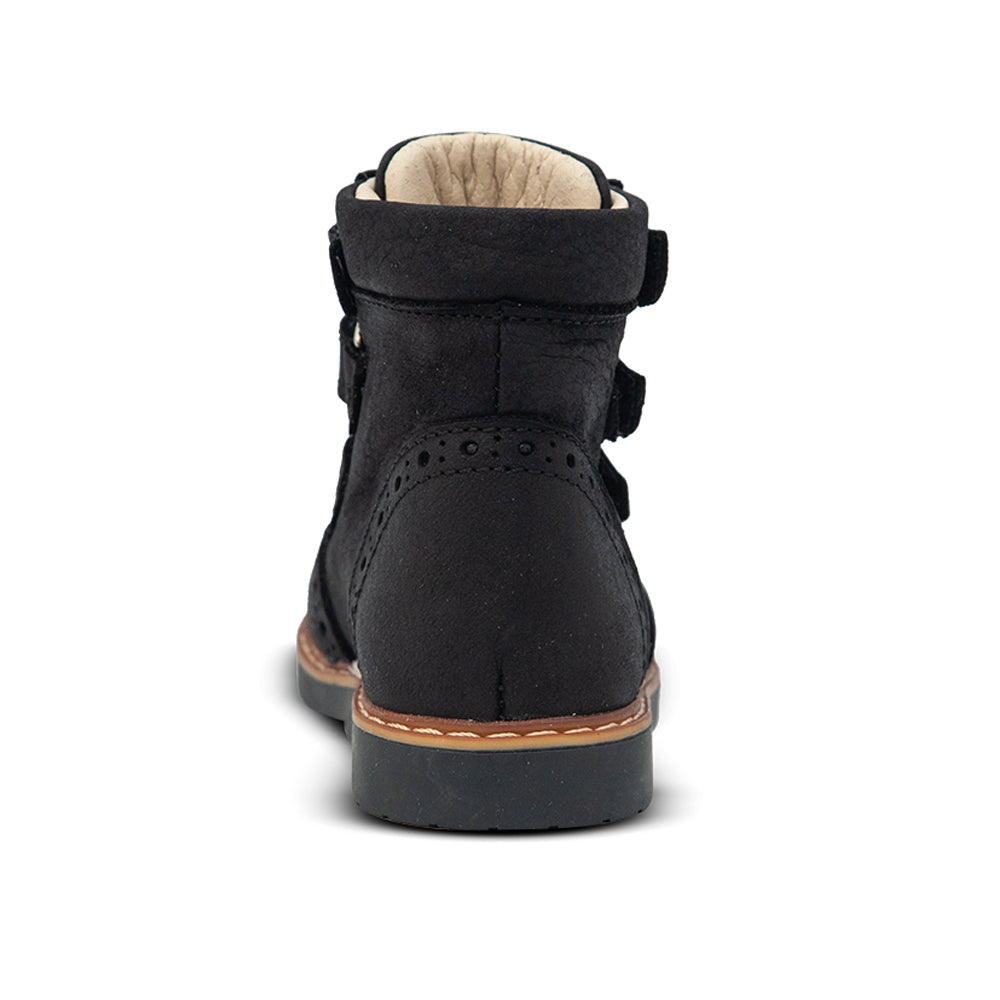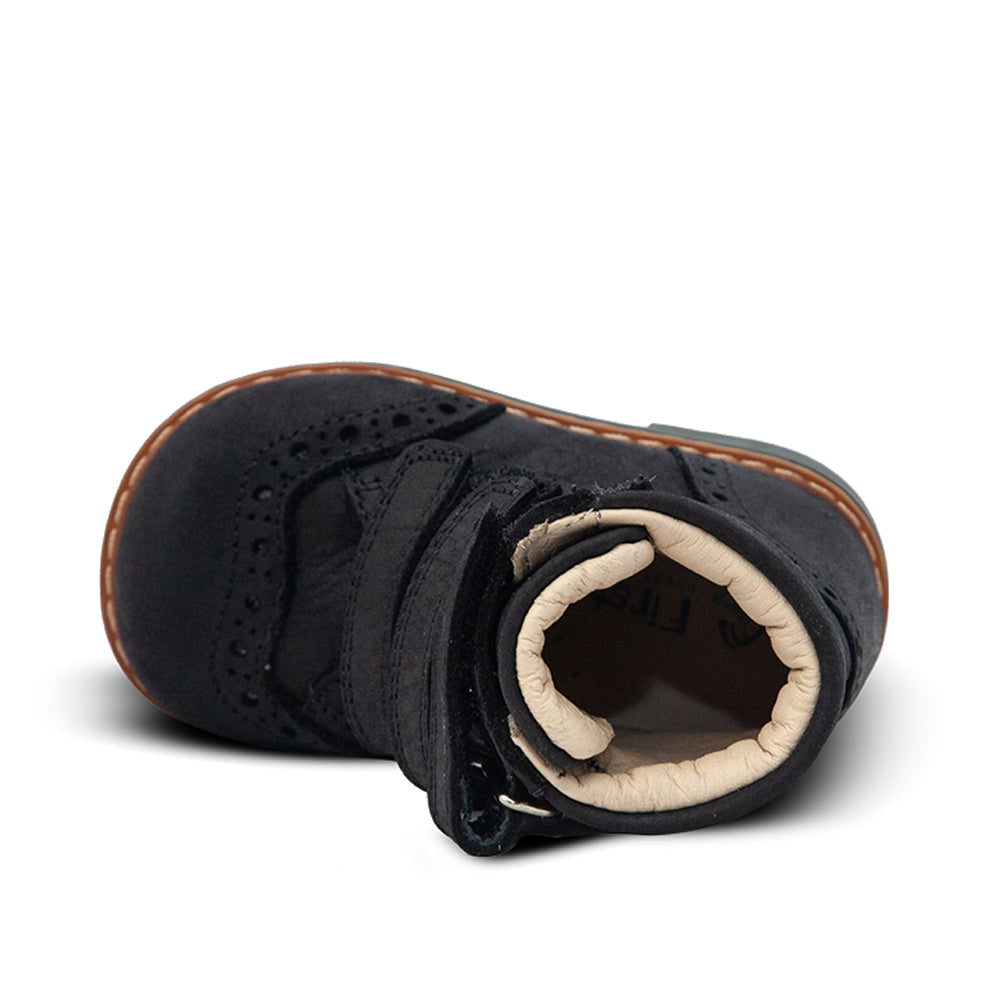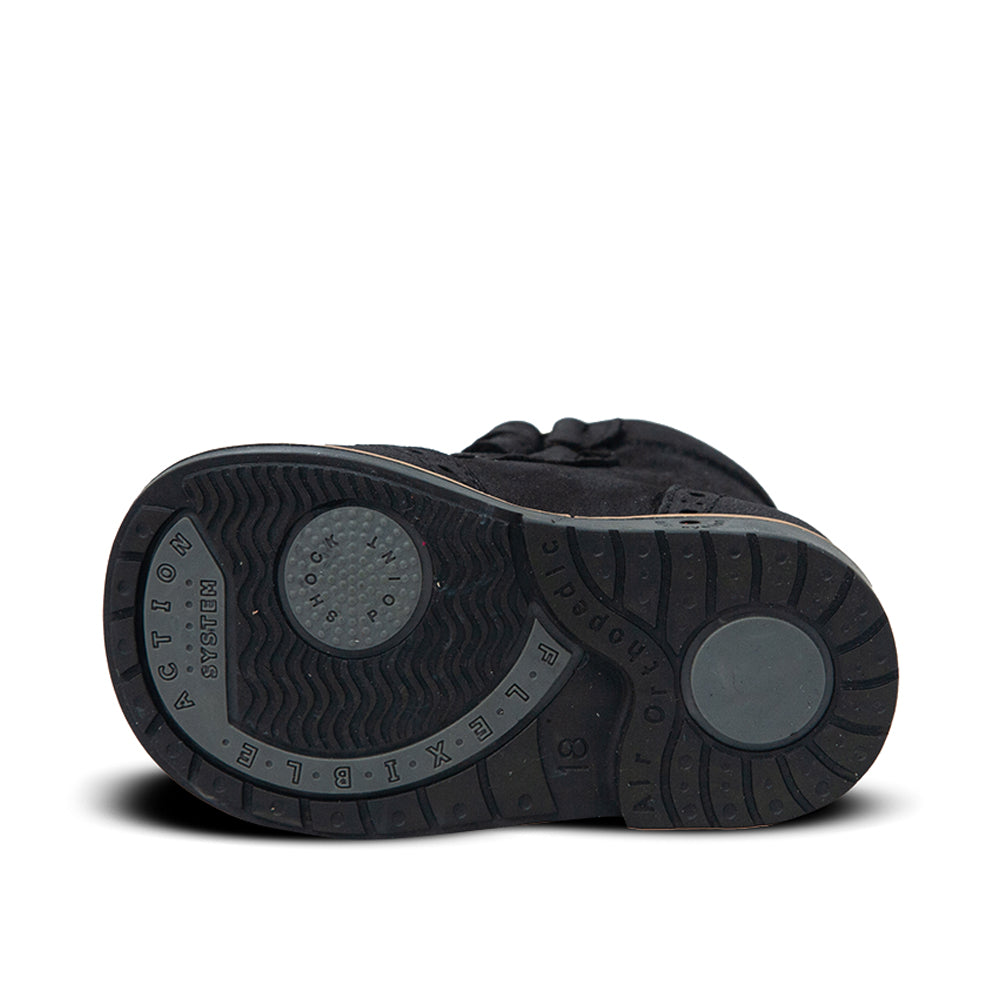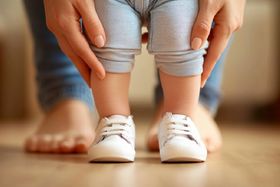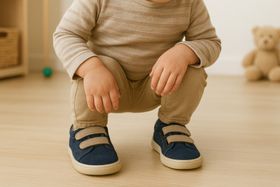10 Best Velcro Shoes for Toddlers: Durable & Play-Ready Options
Independence starts with simple victories, and nothing builds your toddler's confidence like successfully putting on their own shoes. Finding the best velcro shoes for toddlers that combine easy fastening with proper support helps your child master this important milestone while keeping their feet protected during active play.
Published August 16, 2025

It's a very common morning frustration: your toddler insists on fastening their shoes but can't, leading to tears, delays, and everyone starting the day stressed. Meanwhile, you're worried about whether their shoes will stay secure during playground adventures or provide the support their developing feet need.
The best supportive footwear with velcro closures solves these challenges by offering easy fastening that builds confidence while providing proper support, durability, and safety for all-day adventures.
» Find out when your kid should start wearing soft-soled shoes
Our Picks for the 10 Best Velcro Shoes for Toddlers
Why Velcro Is Perfect for Developing Toddlers
Building Independence and Confidence
The best velcro shoes for toddlers enable early independence by allowing even 18-month-olds to fasten their shoes without help. This simple achievement boosts self-dressing skills and autonomy, vital for preschool readiness and building confidence in daily routines.
When your toddler can successfully manage their shoes, it reduces morning stress for everyone.
Enhanced Safety During Active Play
Velcro closures stay securely fastened, reducing fall risks from untied laces or loose buckles that plague traditional shoes. Proper fastening supports foot alignment during play, ensuring your toddler's feet stay properly positioned in their shoes during running, climbing, and jumping activities.
Supporting Motor Skill Development
While tying laces builds advanced fine motor control, velcro still encourages important hand-eye coordination and bilateral movement in a form appropriate for toddler development stages [1]. This progression helps prepare children for more complex fastening systems as they grow.
Essential Features Beyond Easy Velcro Fastening
Flexible, Non-Rigid Soles for Natural Movement
Toddler feet are still developing, and hard-soled shoes can restrict natural movement patterns. Flexible soles allow feet to bend and move freely, encouraging better balance and muscle engagement during walking, running, and climbing.
The best shoes for preschoolers should flex easily at the ball of the foot to match natural movement patterns.
Lightweight, Breathable Materials for All-Day Comfort
Heavy or stiff shoes can slow toddlers down and cause discomfort during extended play. Lightweight construction feels natural while shoes made with breathable materials like mesh or soft leather keep feet cool and dry, reducing sweating and irritation.
When shoes are comfortable, toddlers stay active and focused on exploration.
Reinforced Protection for Active Play
Toddlers often drag their feet, stub their toes, and test shoe limits during play. Reinforced toe caps protect feet from bumps while extending the shoe's lifespan. Sturdy outsoles provide necessary traction on varied surfaces from grass to playground equipment, giving parents confidence in their child's safety.
Proper Fit Supporting Healthy Development
Wide toe boxes allow natural toe spread and wiggling, supporting balance and healthy foot development. Proper fit, secure around the heel but roomy in front, prevents blisters and discomfort while giving toddlers confidence to run, jump, and climb with ease.
10 Best Velcro Shoes for Active Toddlers
4 Tips to Help Choose the Right Velcro Shoes for Your Toddler
1. Consider Your Toddler's Activity Level and Environment
Highly active toddlers need reinforced construction and secure multiple-strap systems, while children in primarily indoor environments can prioritize comfort and breathability. Consider where your toddler spends most time and what challenges their shoes face daily.
2. Account for Foot Shape and Special Needs
Toddlers with wide gait benefit from adjustable multiple-strap systems and accommodating designs, while narrow feet need precise adjustment features. Toddlers with flat feet or high arches may need specialized support features built into their velcro shoes.
3. Evaluate Fastening Complexity vs. Independence Goals
Younger toddlers (18-24 months) benefit from single wide velcro straps, while older toddlers (3-4 years) can handle multiple straps that provide better fit customization. Match complexity to your child's developmental stage for success.
4. Balance Convenience With Proper Support
While velcro convenience is important, don't sacrifice essential support features. Look for shoes that provide proper heel stability, arch support, and shock absorption while maintaining the easy fastening that builds confidence.
Give Your Toddler Independence and Proper Support
The right velcro shoes transform daily routines from struggles into opportunities for building confidence and independence. When your toddler can successfully manage their own shoes, it reduces stress while supporting healthy development through proper foot positioning and stability.
Whether your child needs breathable summer options, supportive shoes for wide feet, or specialized designs for developing arches, choosing the best toddler shoes with velcro closures designed for their specific requirements makes all the difference in their daily comfort and developmental progress.
For most toddlers needing reliable all-day support, the Silas Mateo Sneakers offer the ideal combination of ankle stability, comfortable cushioning, and dual velcro straps that build independence.
References:
Hess, R. S., & Carl D’Amato, R. (n.d.). Assessment of memory, learning, and special aptitudes. ScienceDirect. https://www.sciencedirect.com/science/article/abs/pii/B0080427073000146
Disclaimer: First Walkers' information is intended for educational and informational purposes related to toddler footwear and feet. We encourage you to consider individual circumstances and consult qualified orthopedists about specific conditions.
FAQs
At what age can toddlers start using velcro shoes independently?
Most toddlers can begin managing simple velcro closures around 18-24 months, with single wide straps being easiest. By age 3, most children can handle multiple velcro straps independently, making this an ideal time to introduce more complex fastening systems.
How do I know if my toddler's velcro shoes fit properly?
Check that there's about a thumb's width of space at the toe, the heel doesn't slip when walking, and velcro straps can be fastened snugly without gaps. Your toddler should be able to wiggle toes freely while feeling stable and supported during movement.
Do velcro shoes provide enough support for very active toddlers?
Quality velcro shoes can provide excellent support when properly designed with features like heel counters, arch support, and secure multi-strap systems. The key is choosing models specifically designed for active use rather than just convenience.
When should I transition my child from velcro to lace-up shoes?
Consider transitioning around ages 5-7 when fine motor skills mature enough for independent lace tying. This change promotes finger dexterity, bilateral coordination, and confidence while preparing children for school-age shoe requirements.

